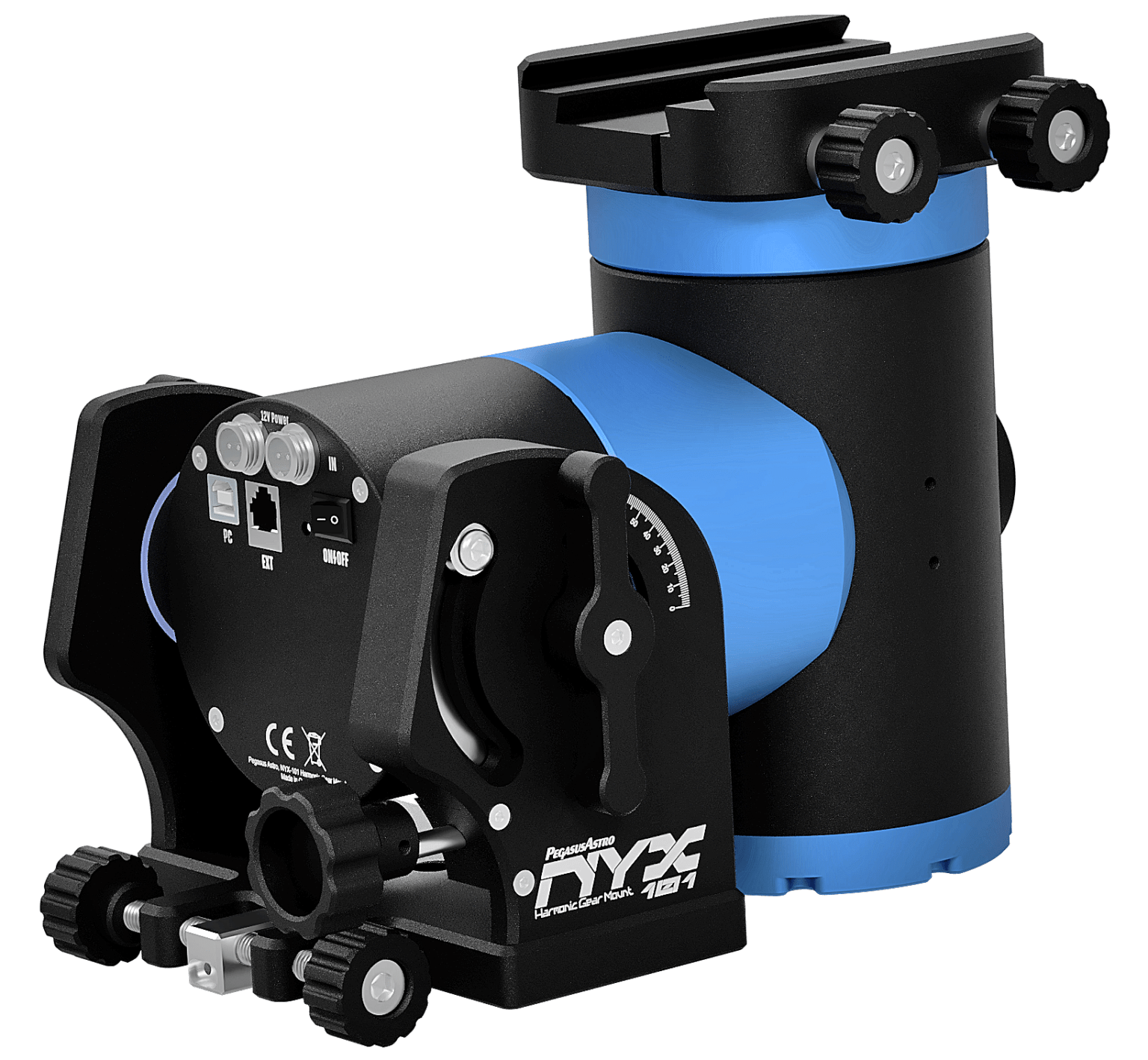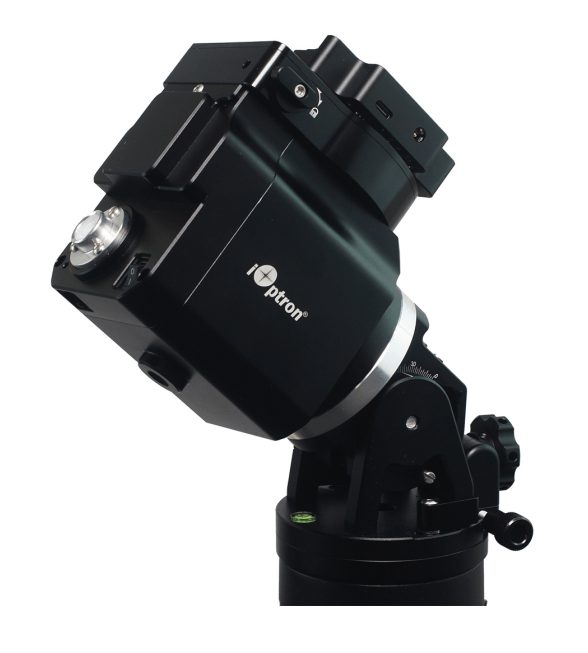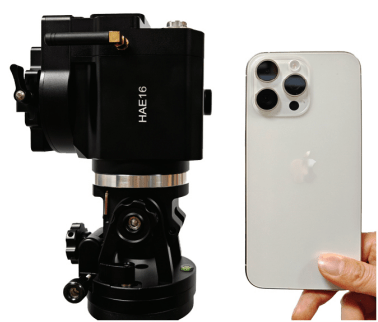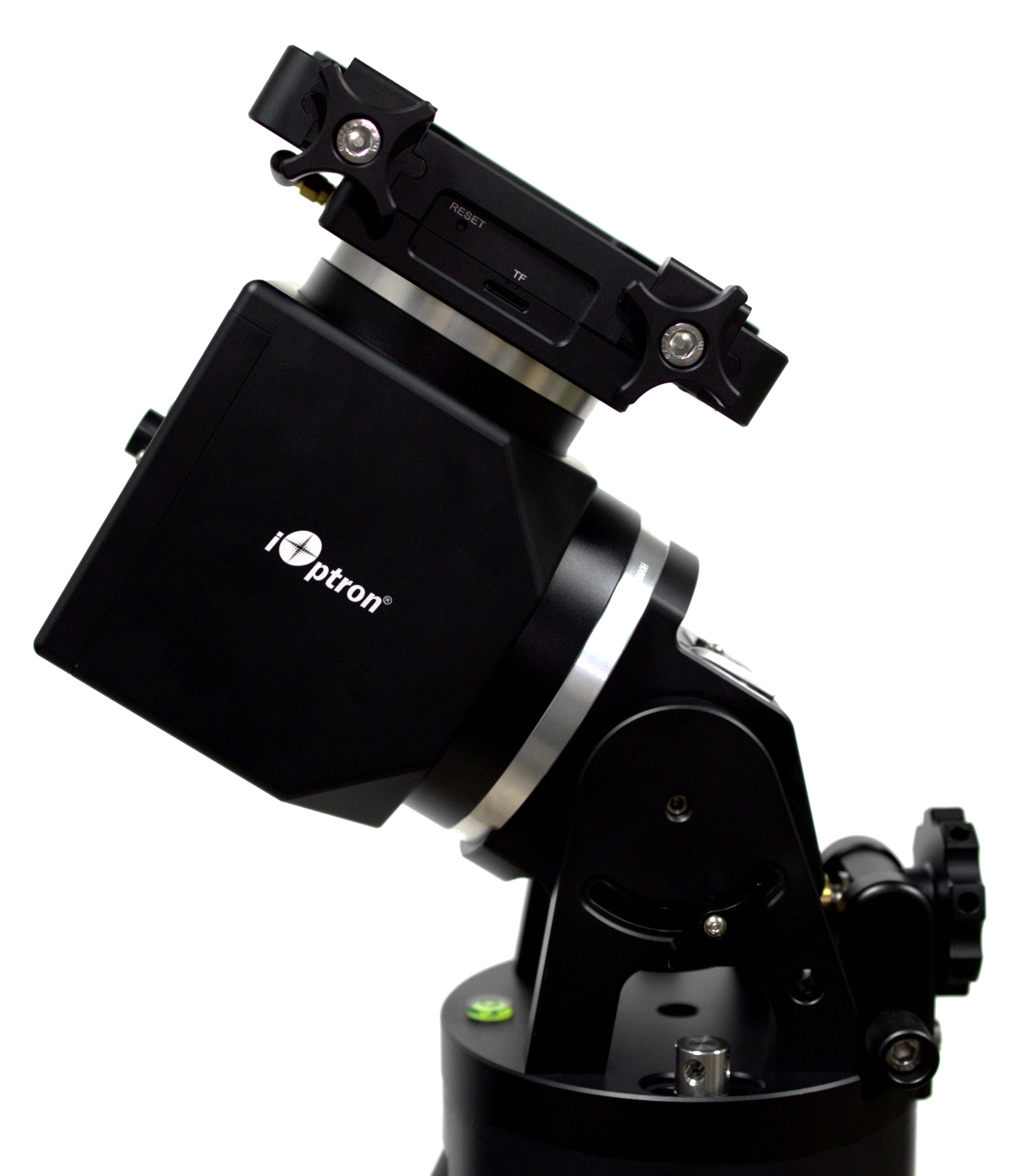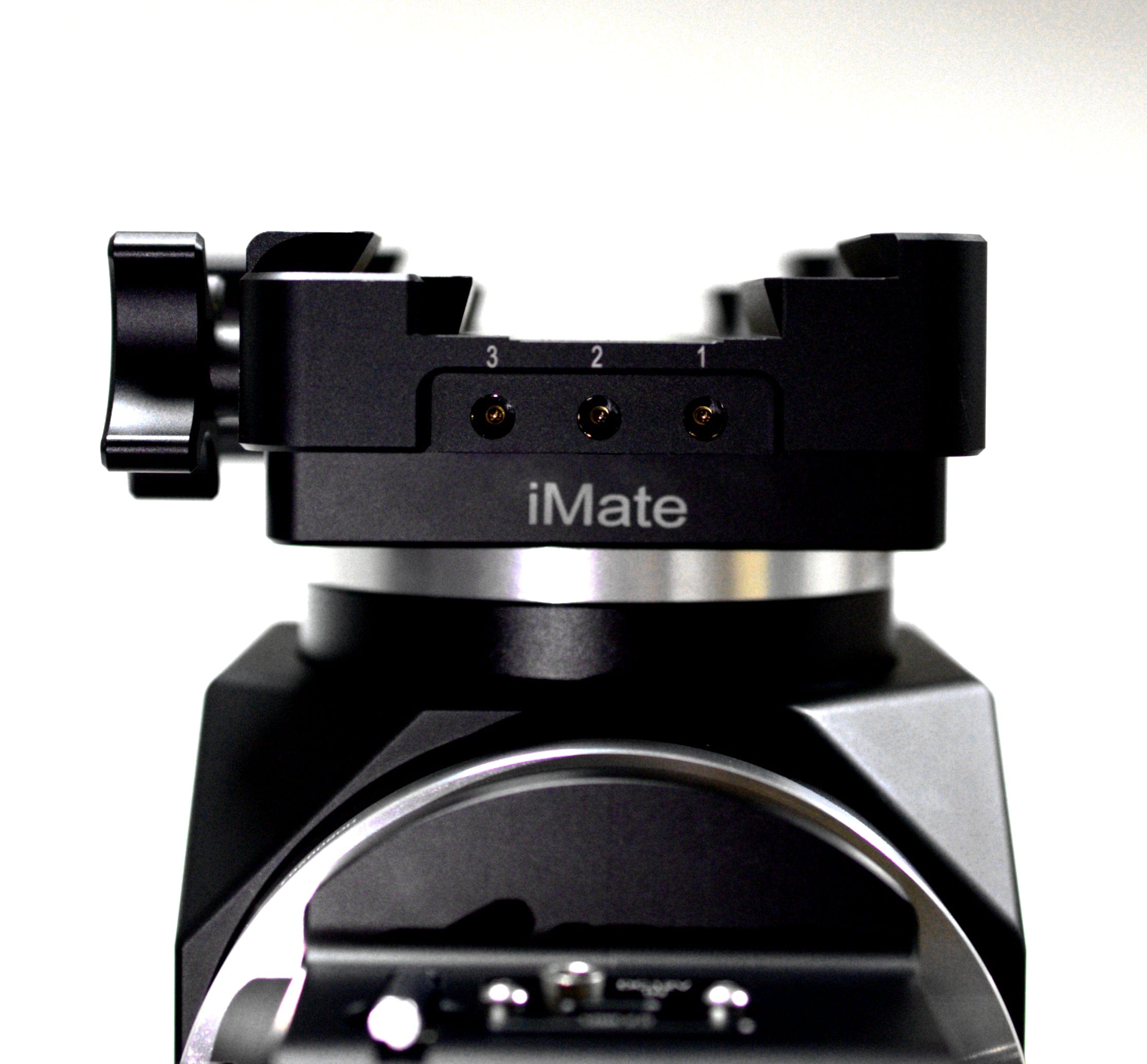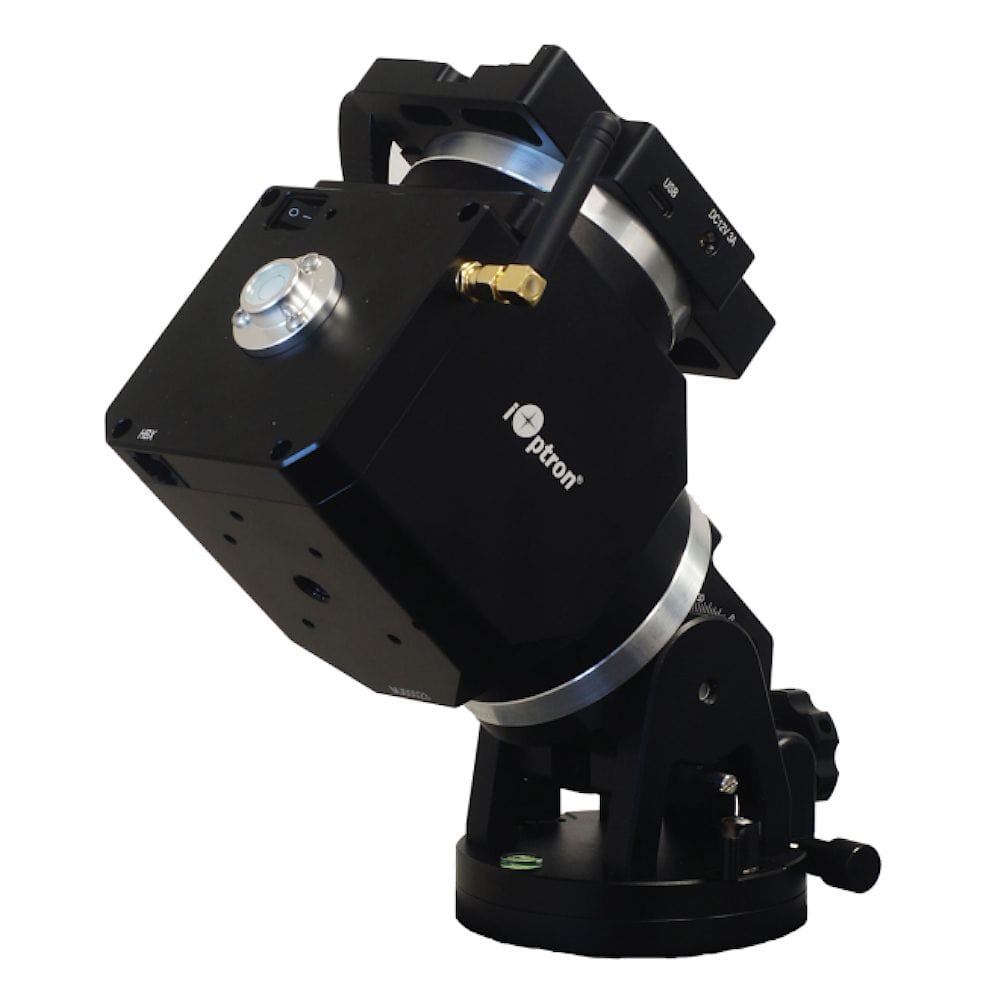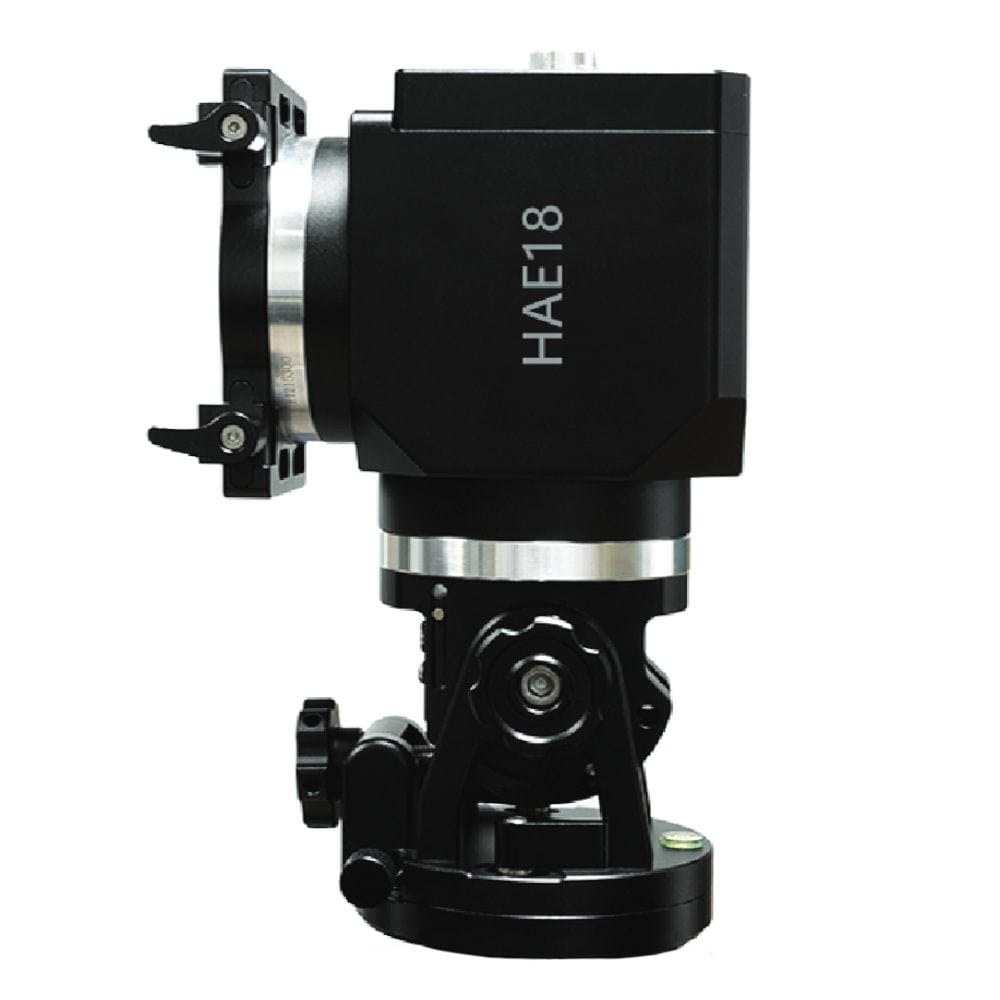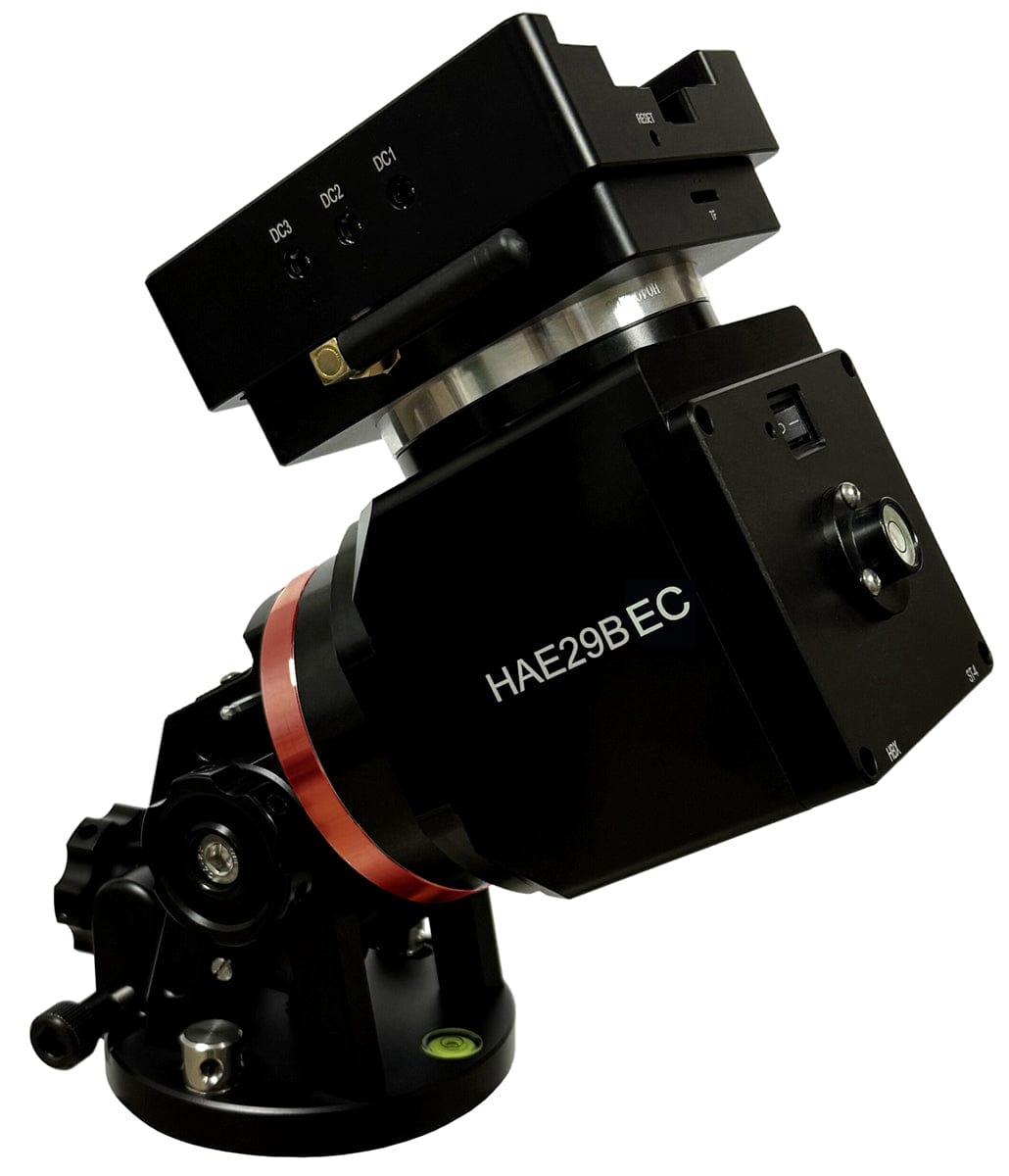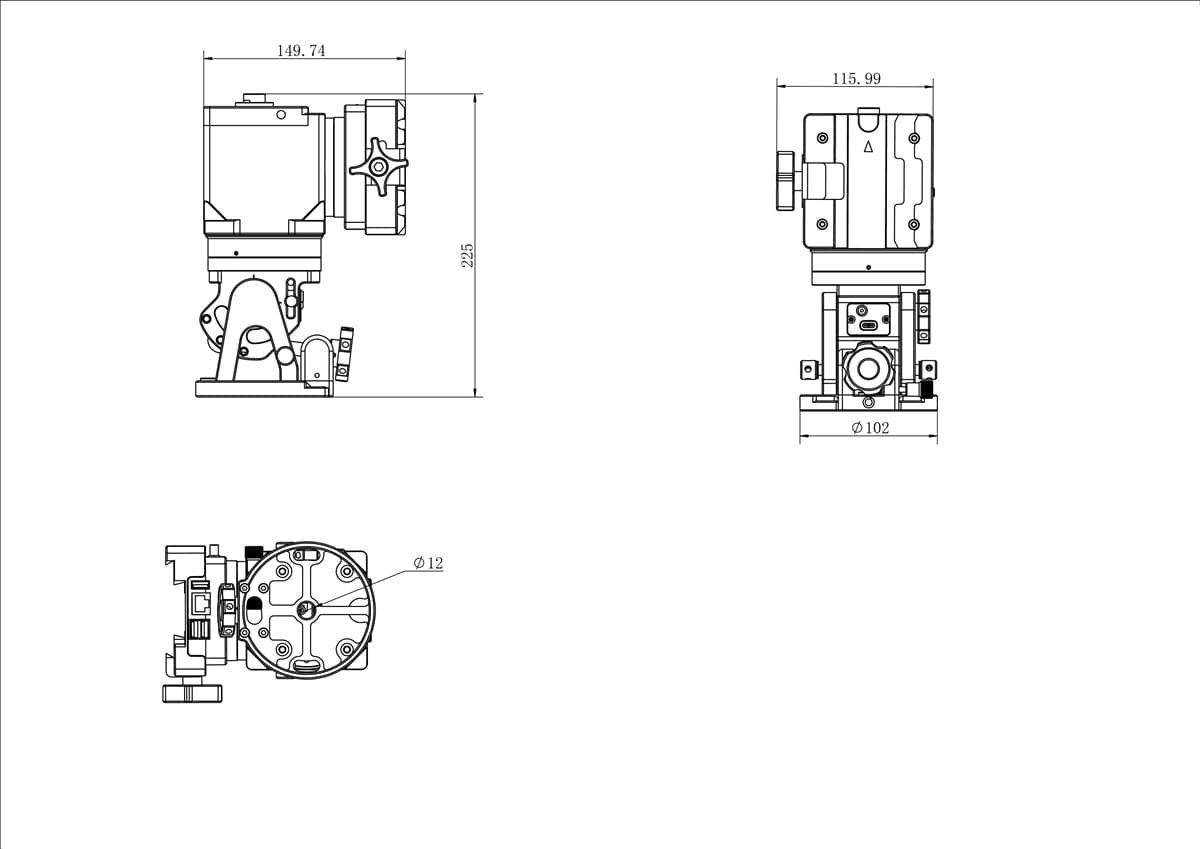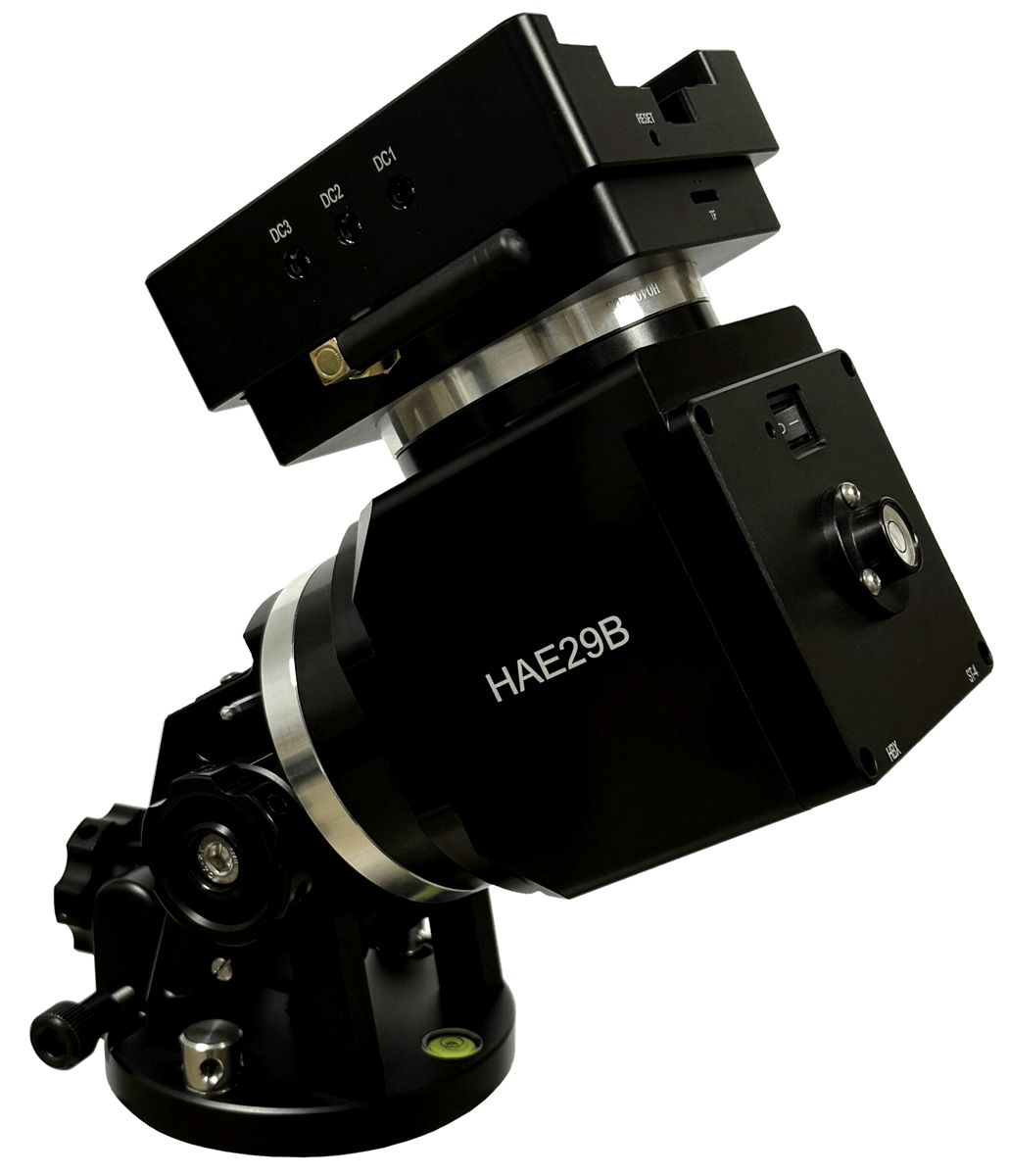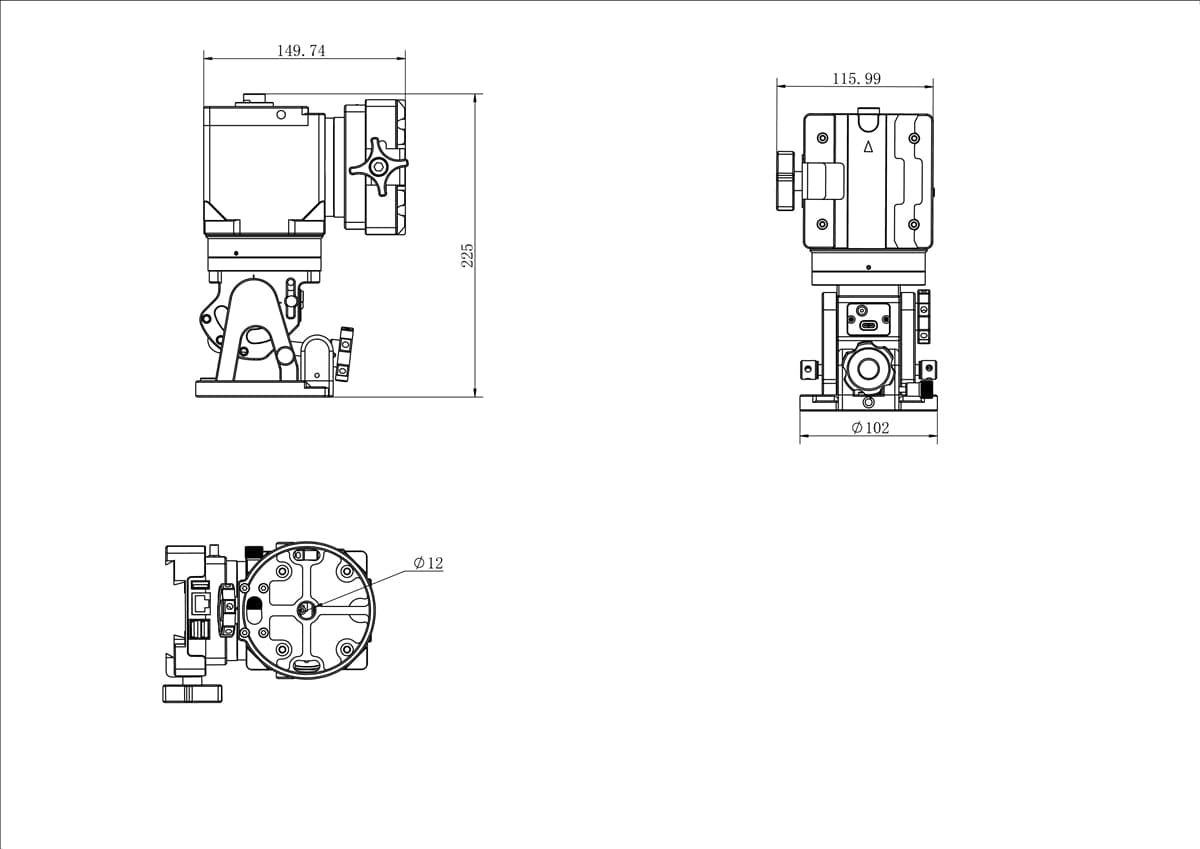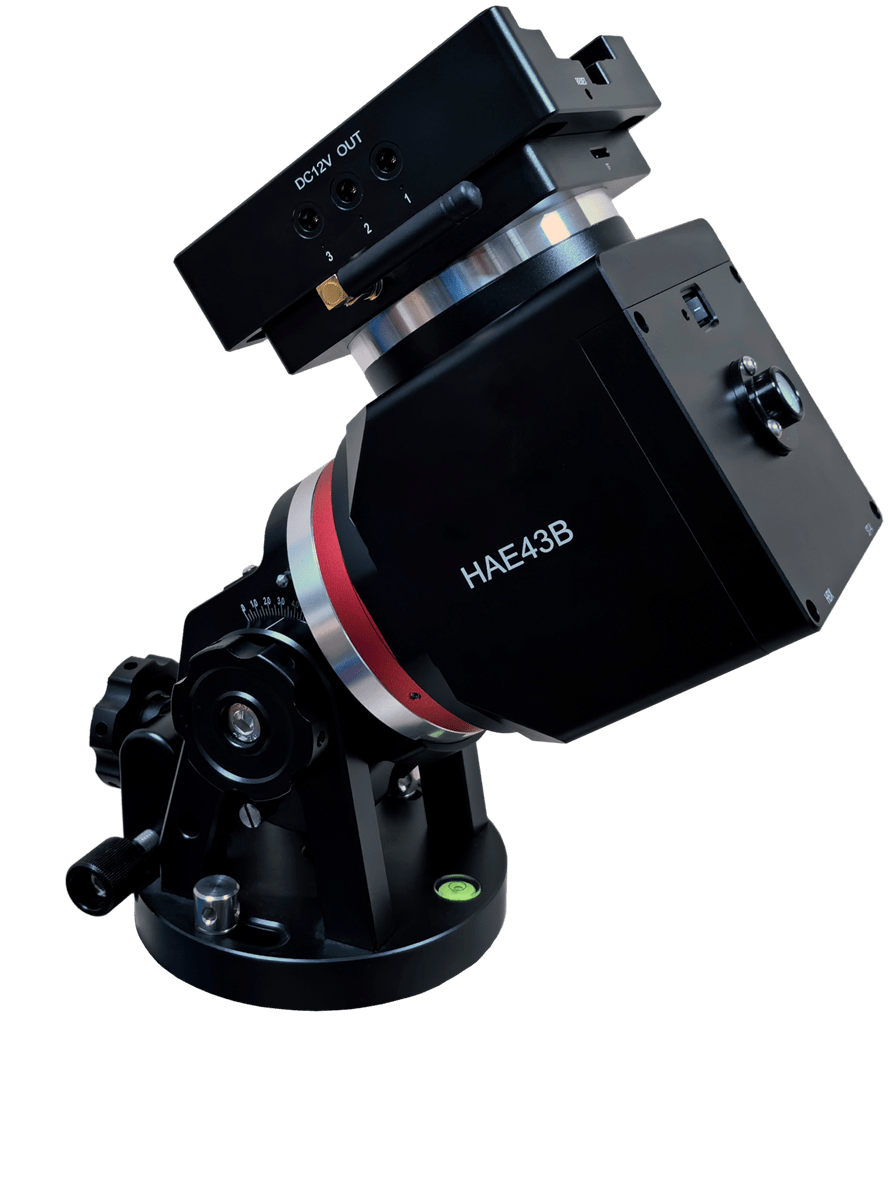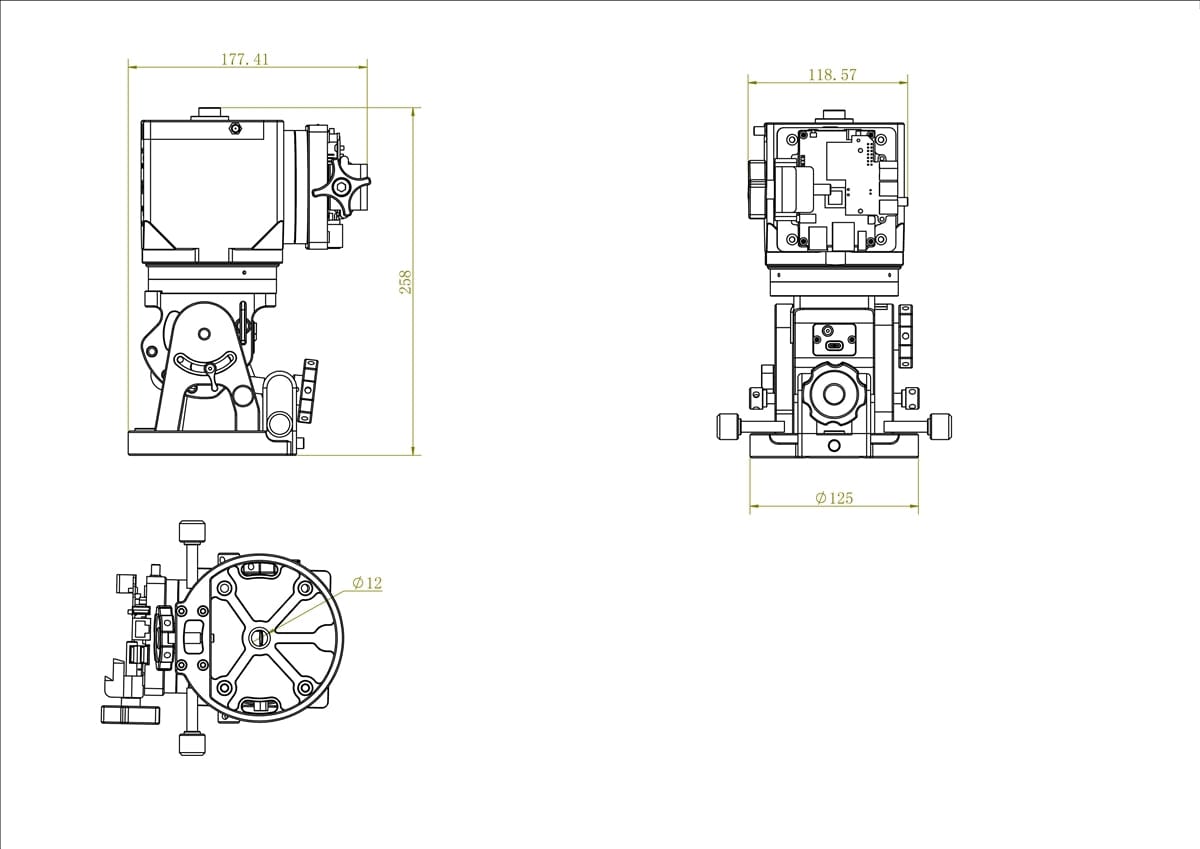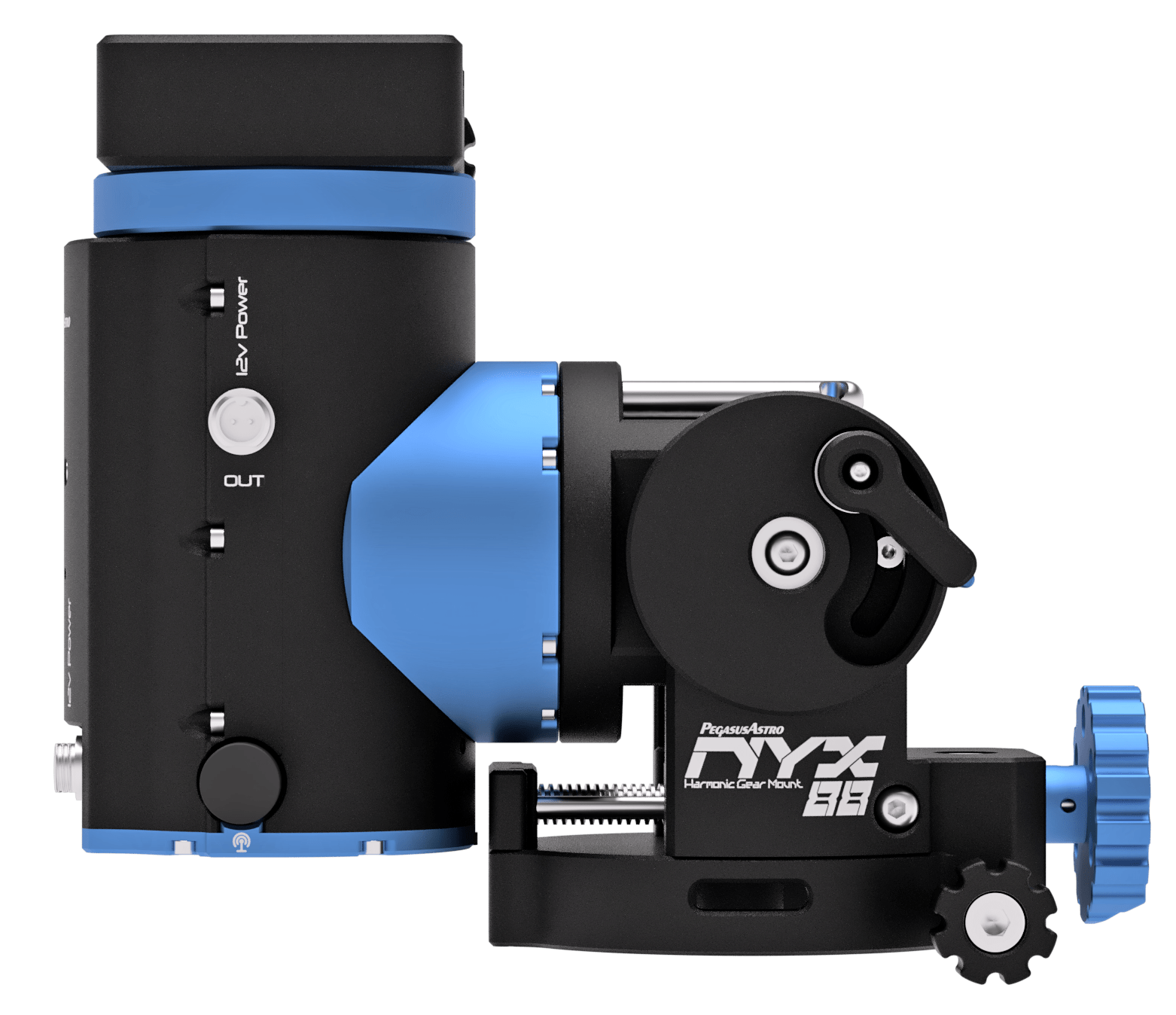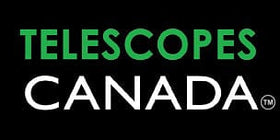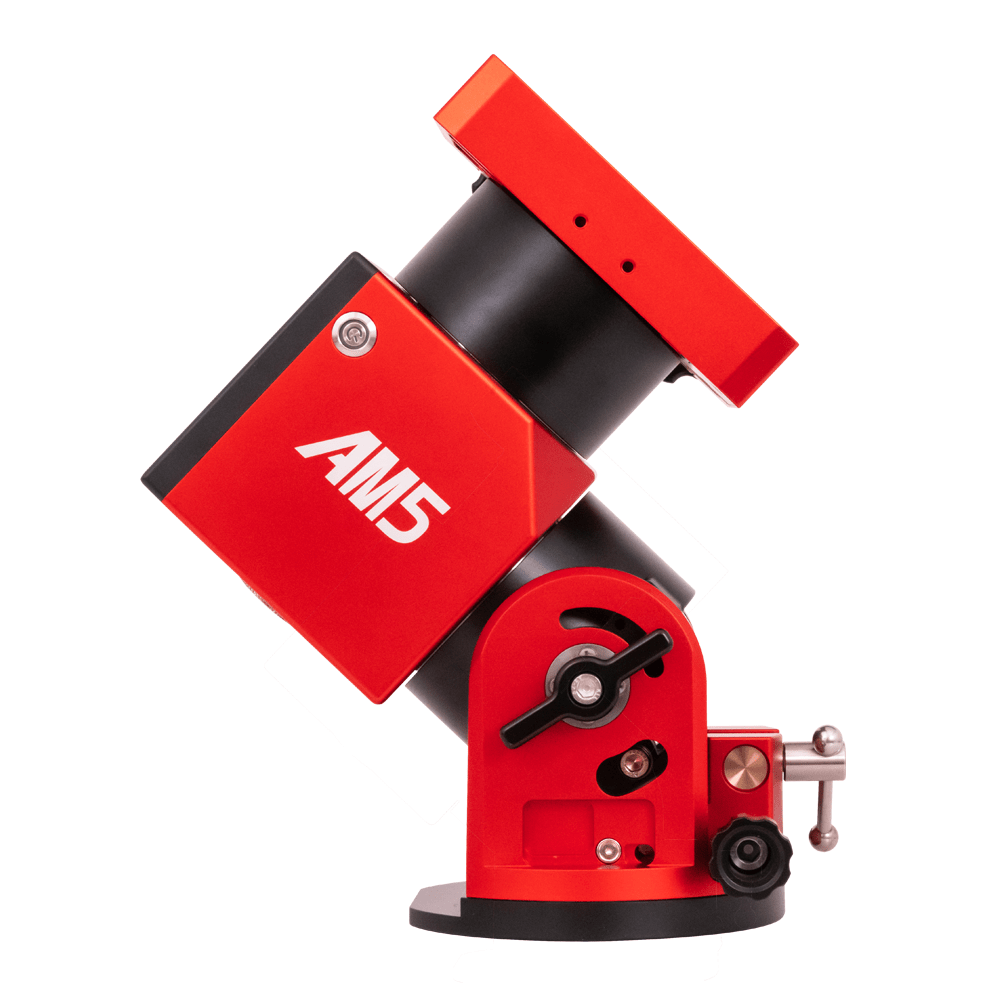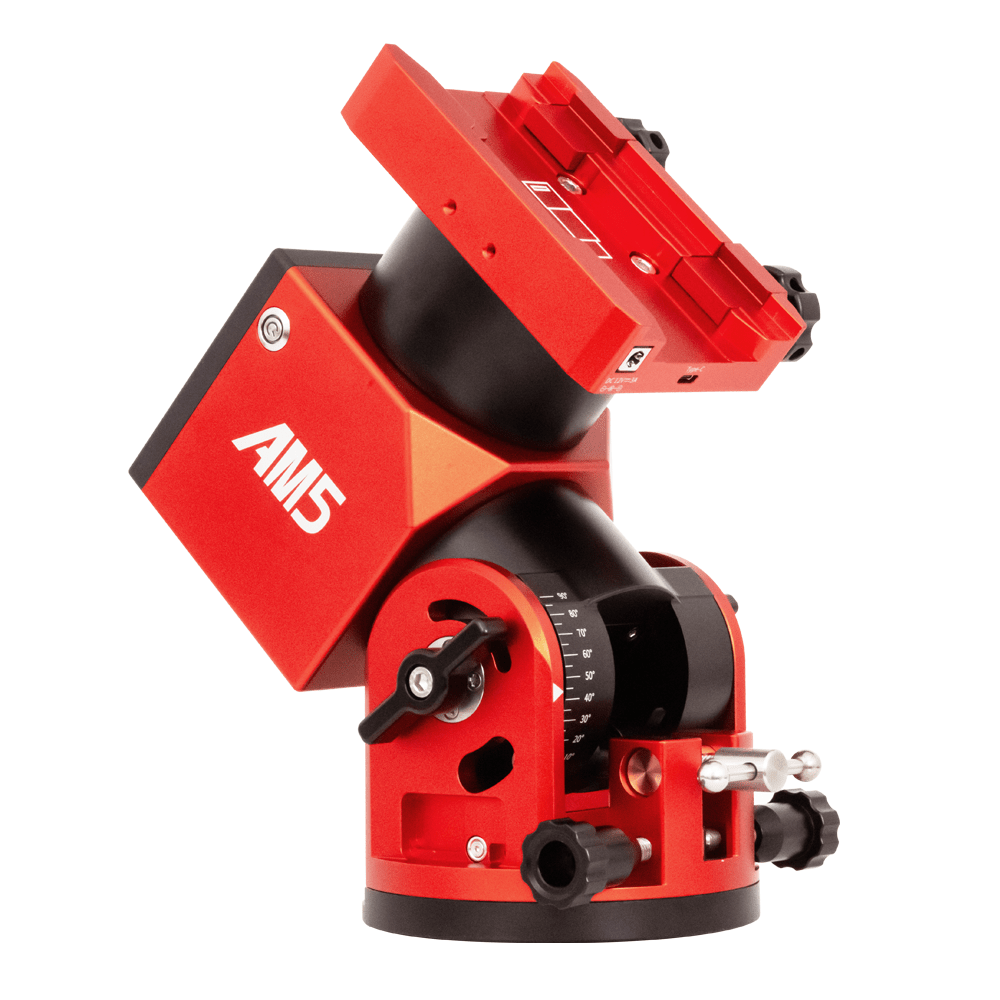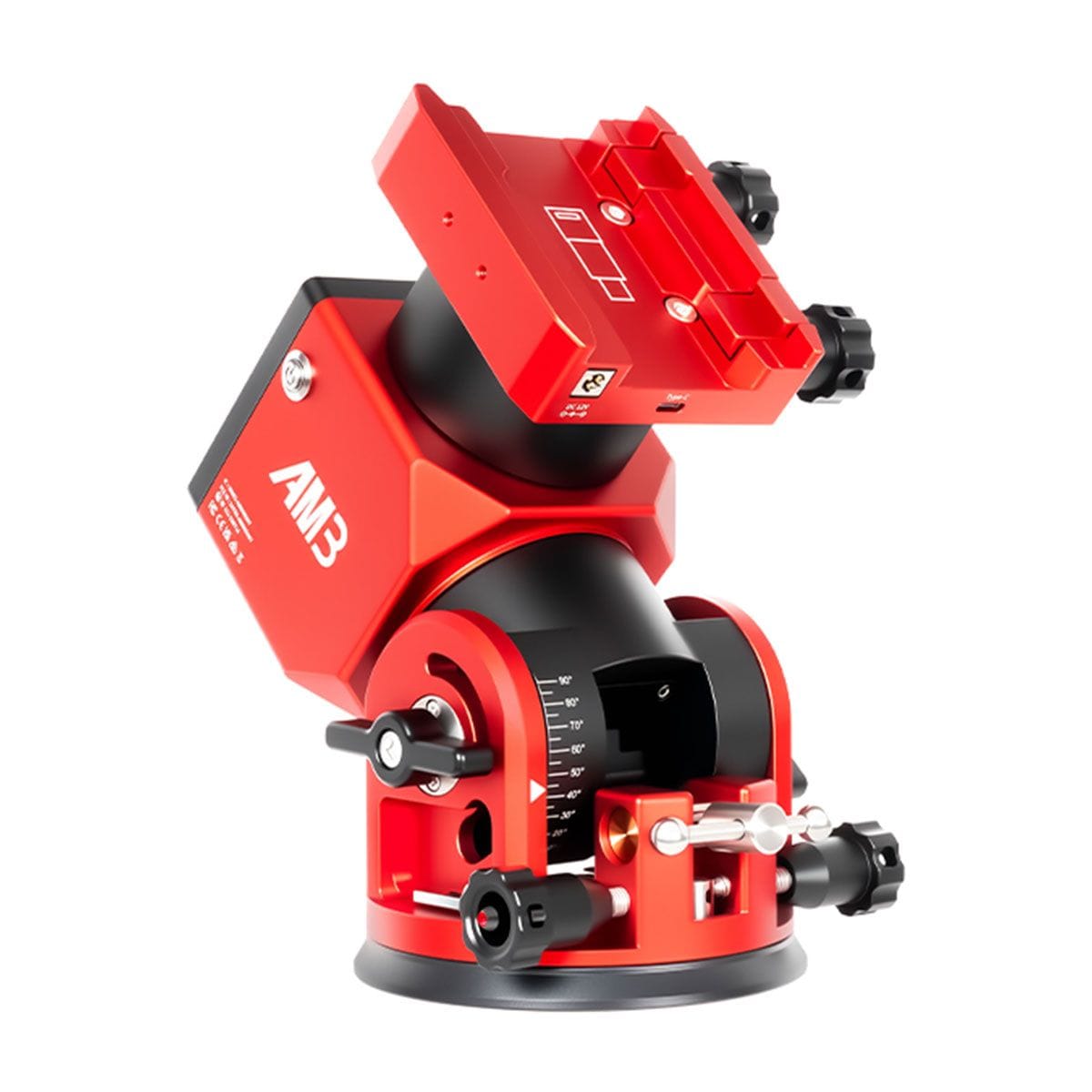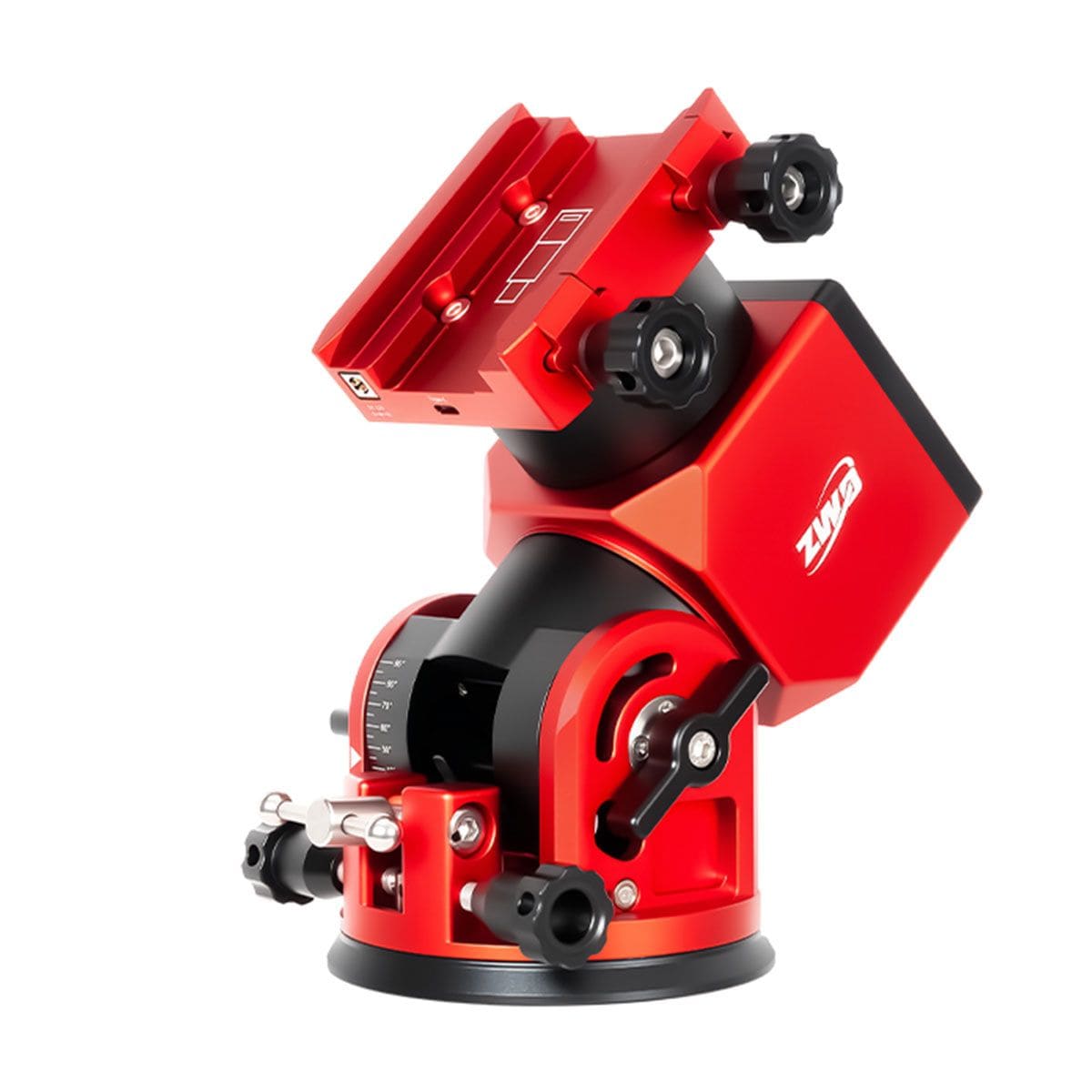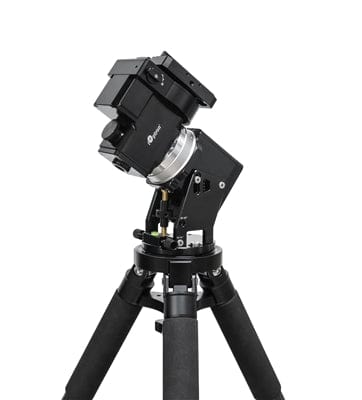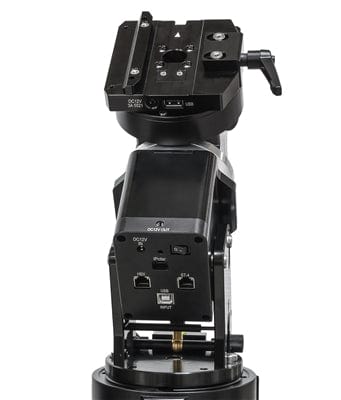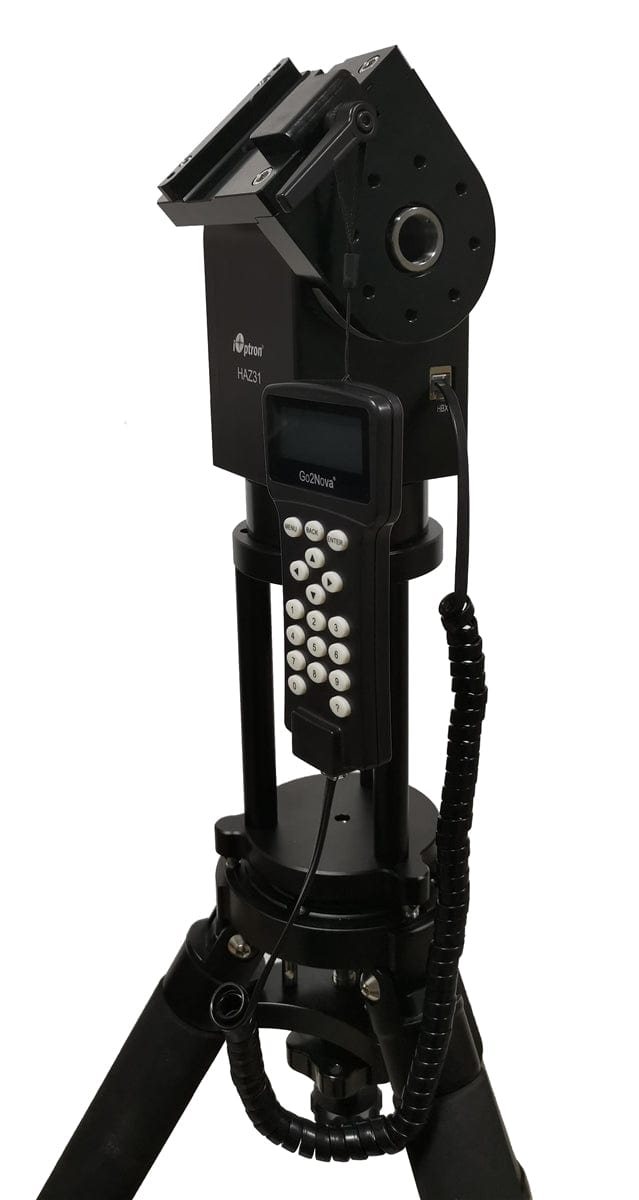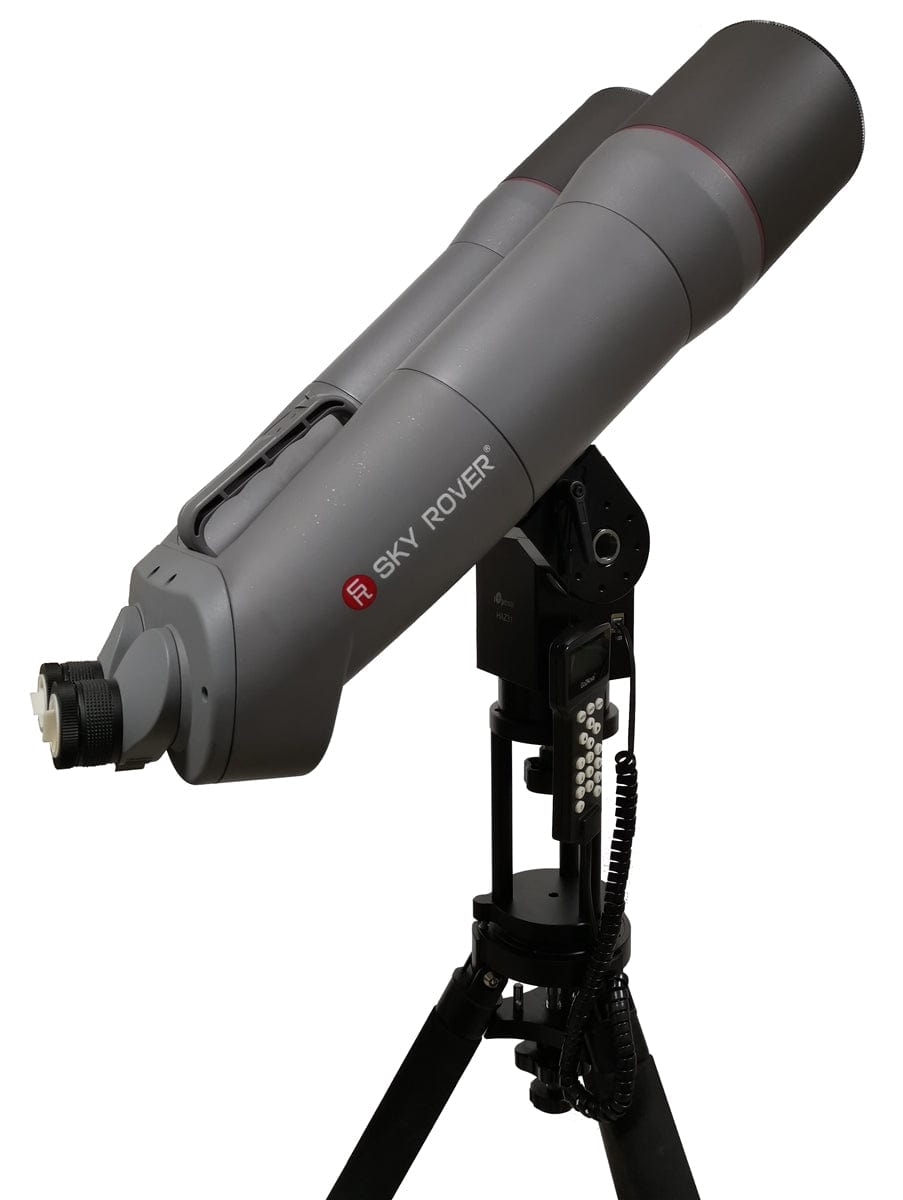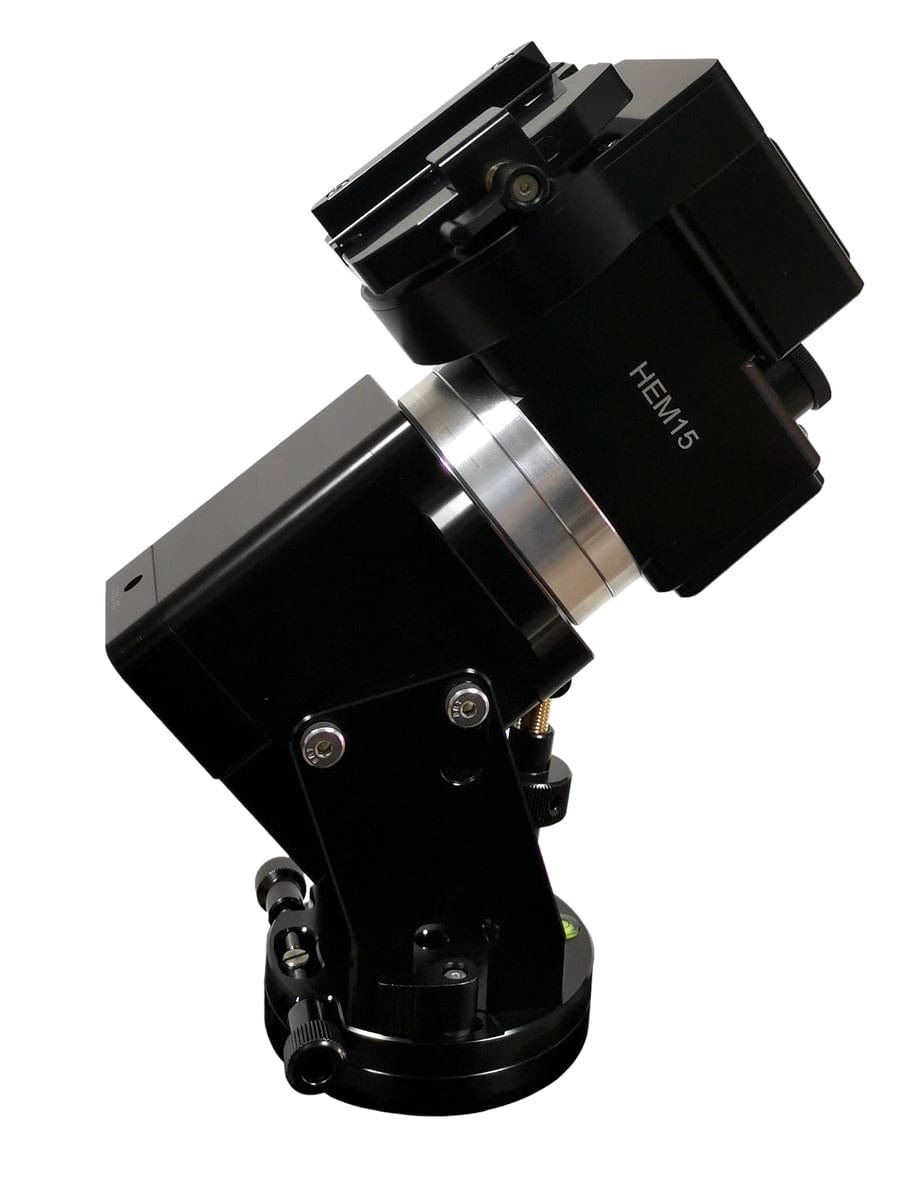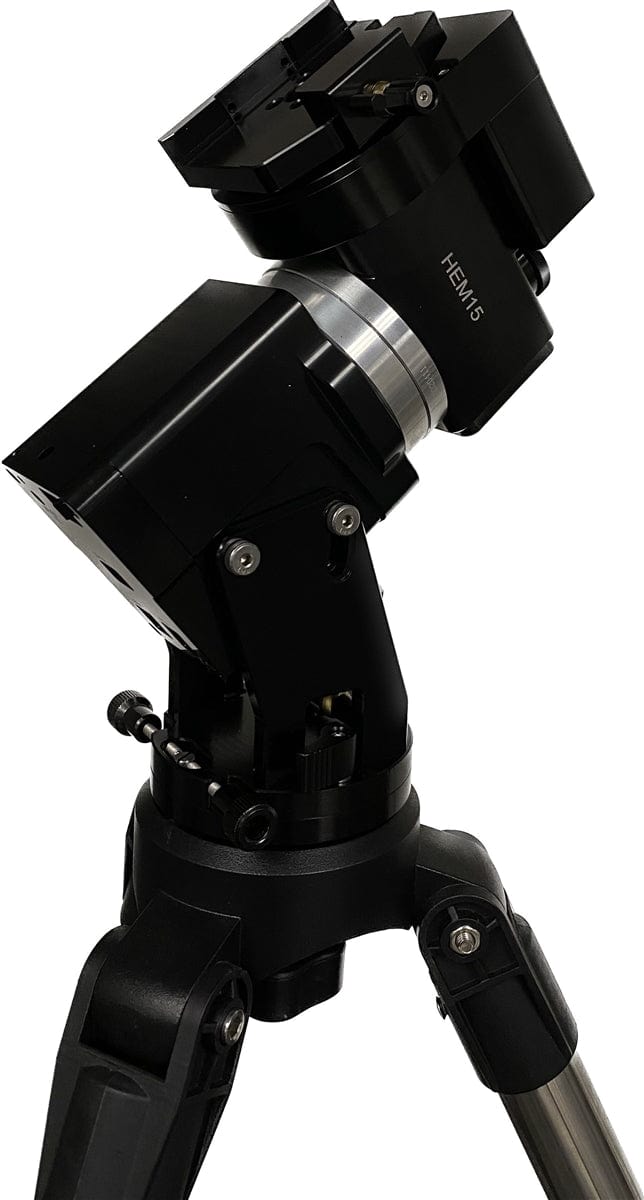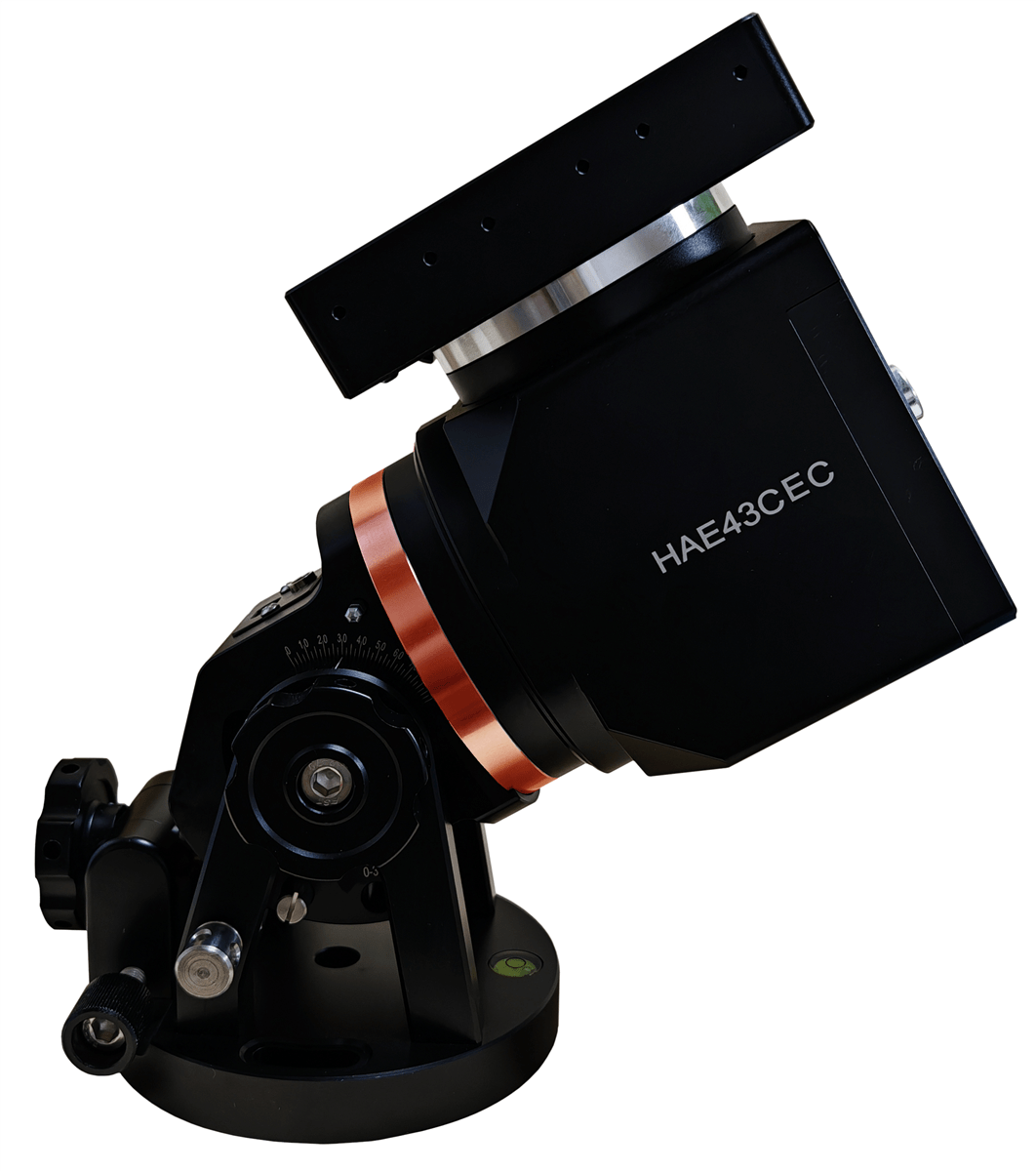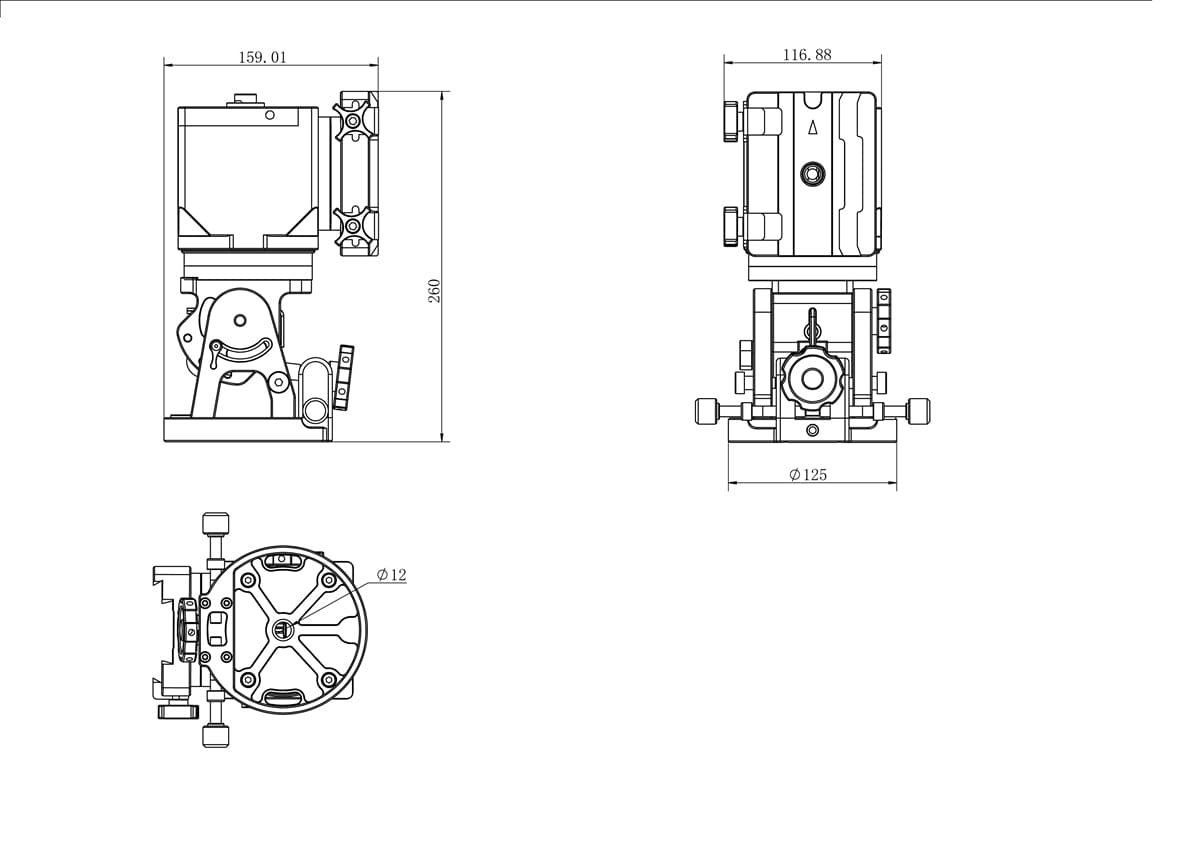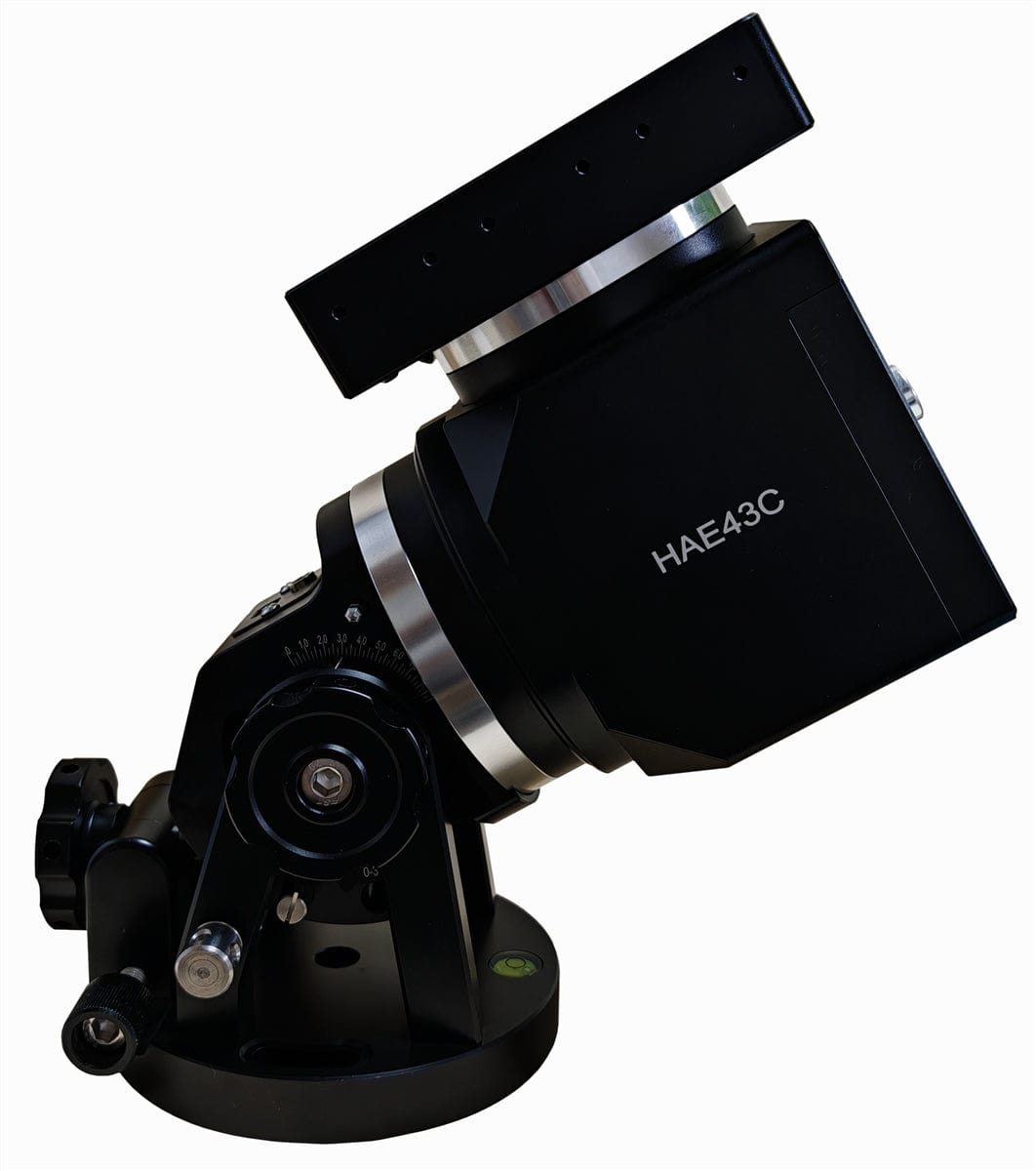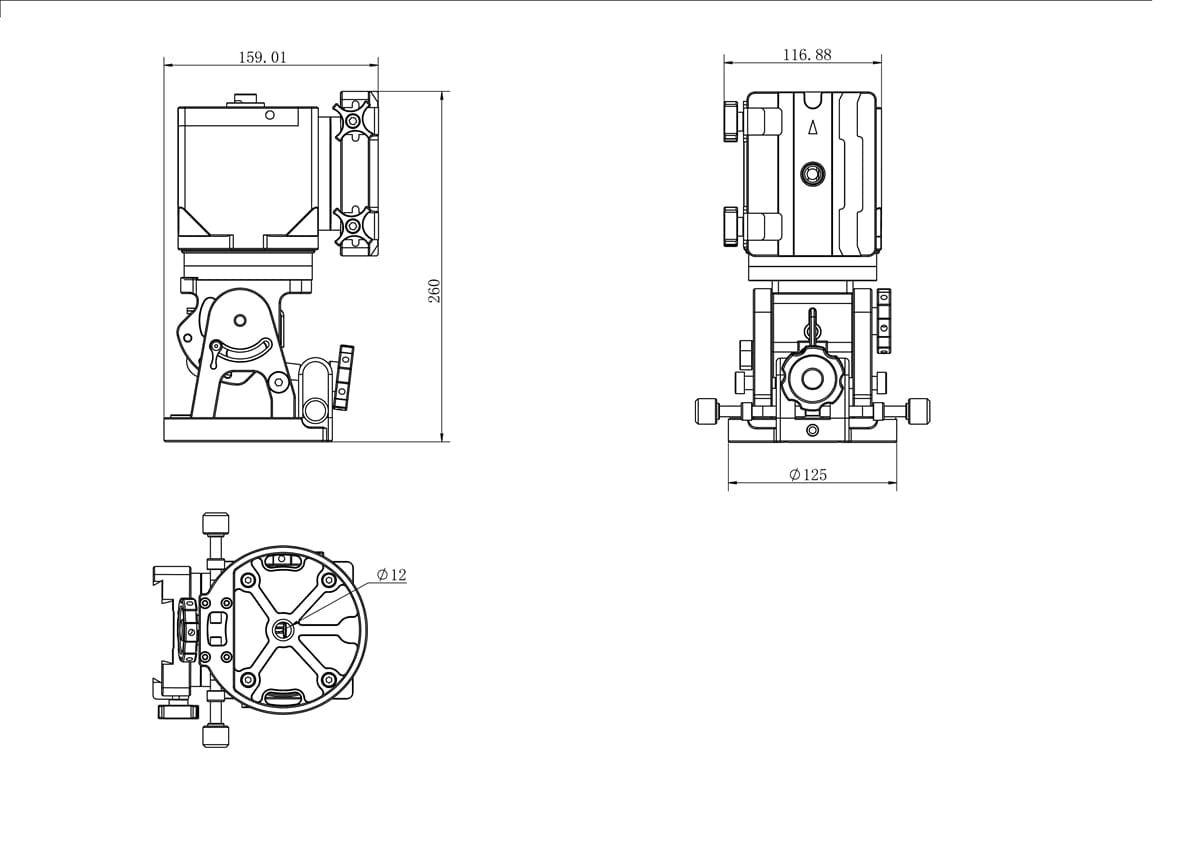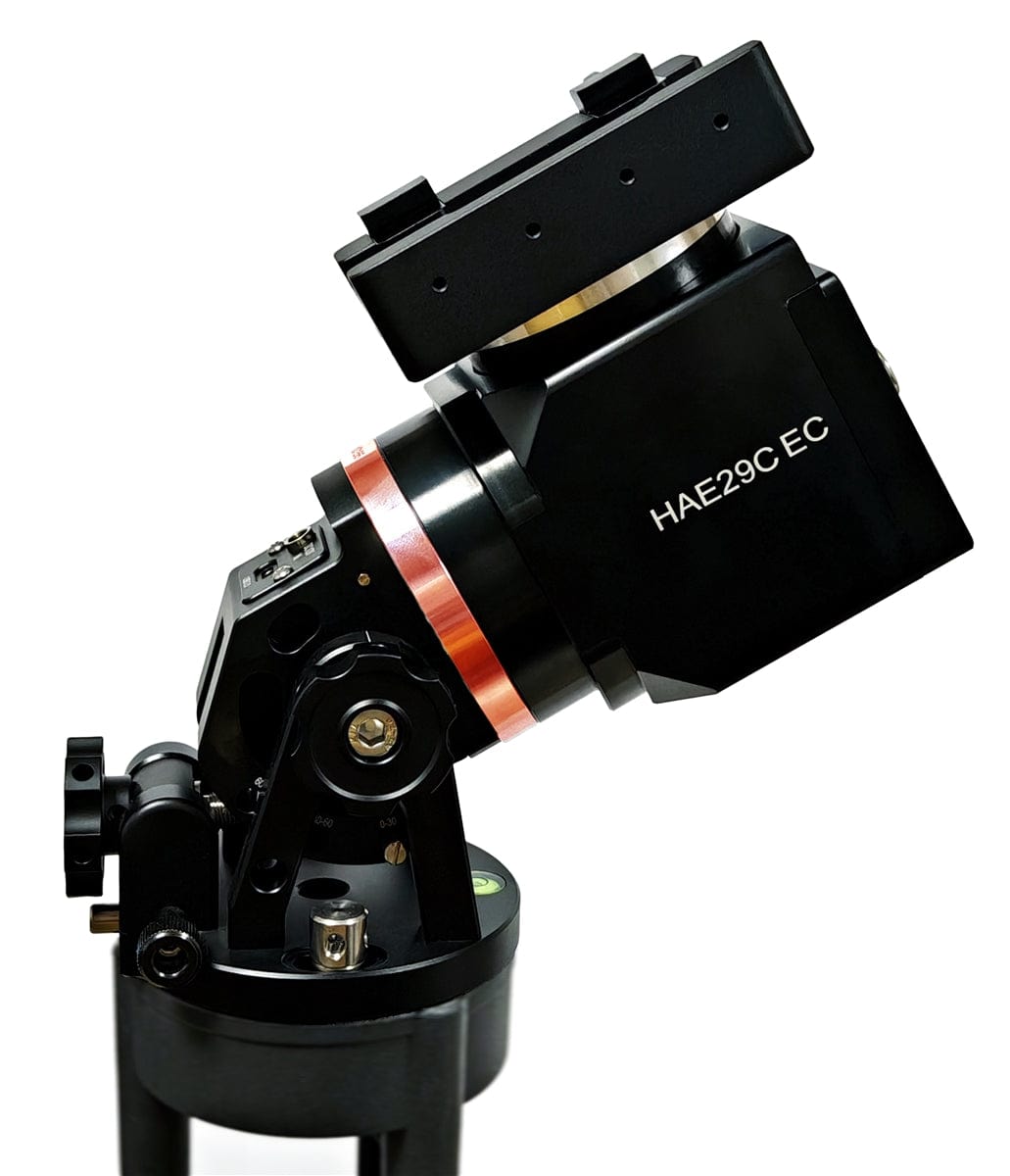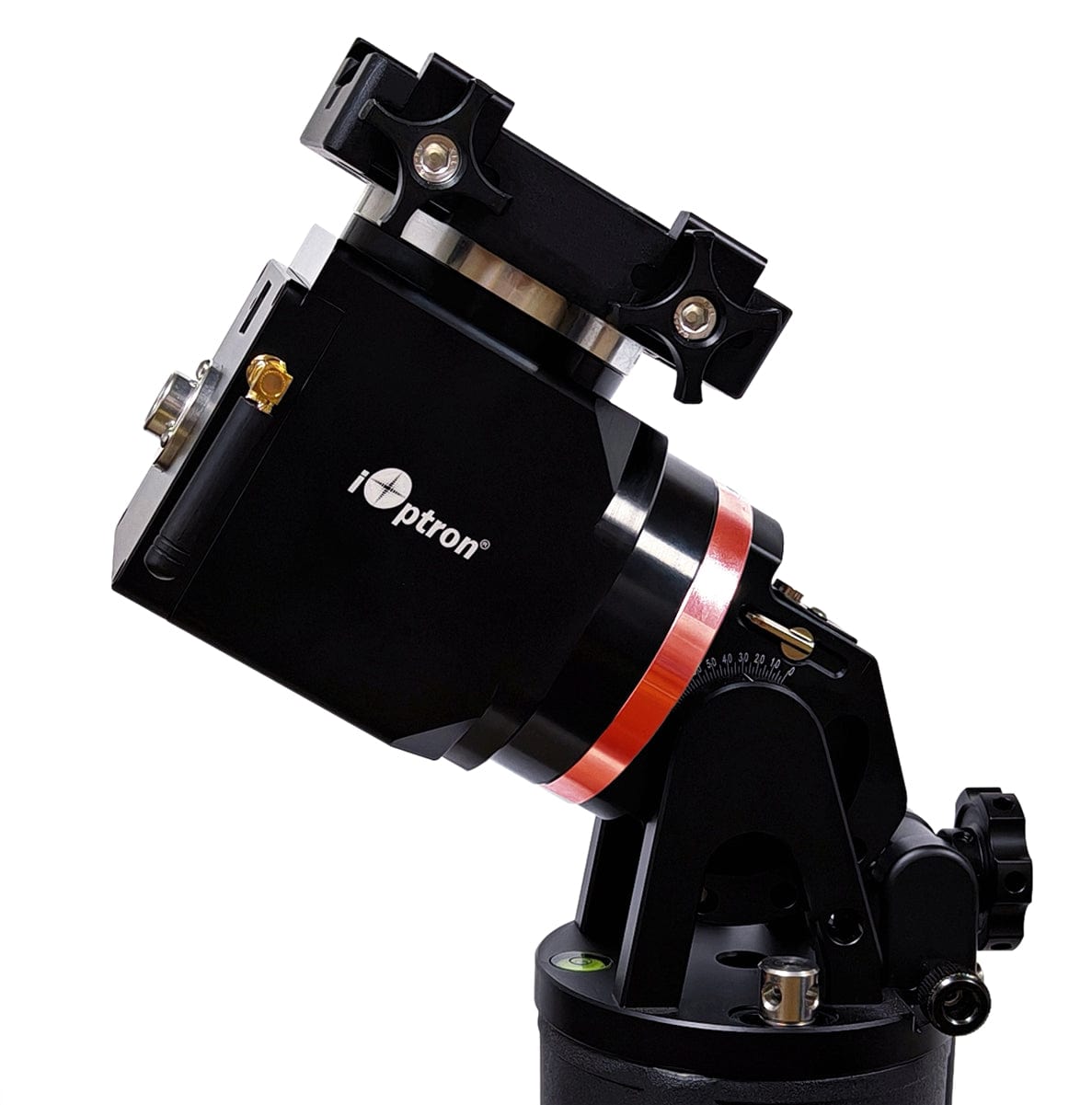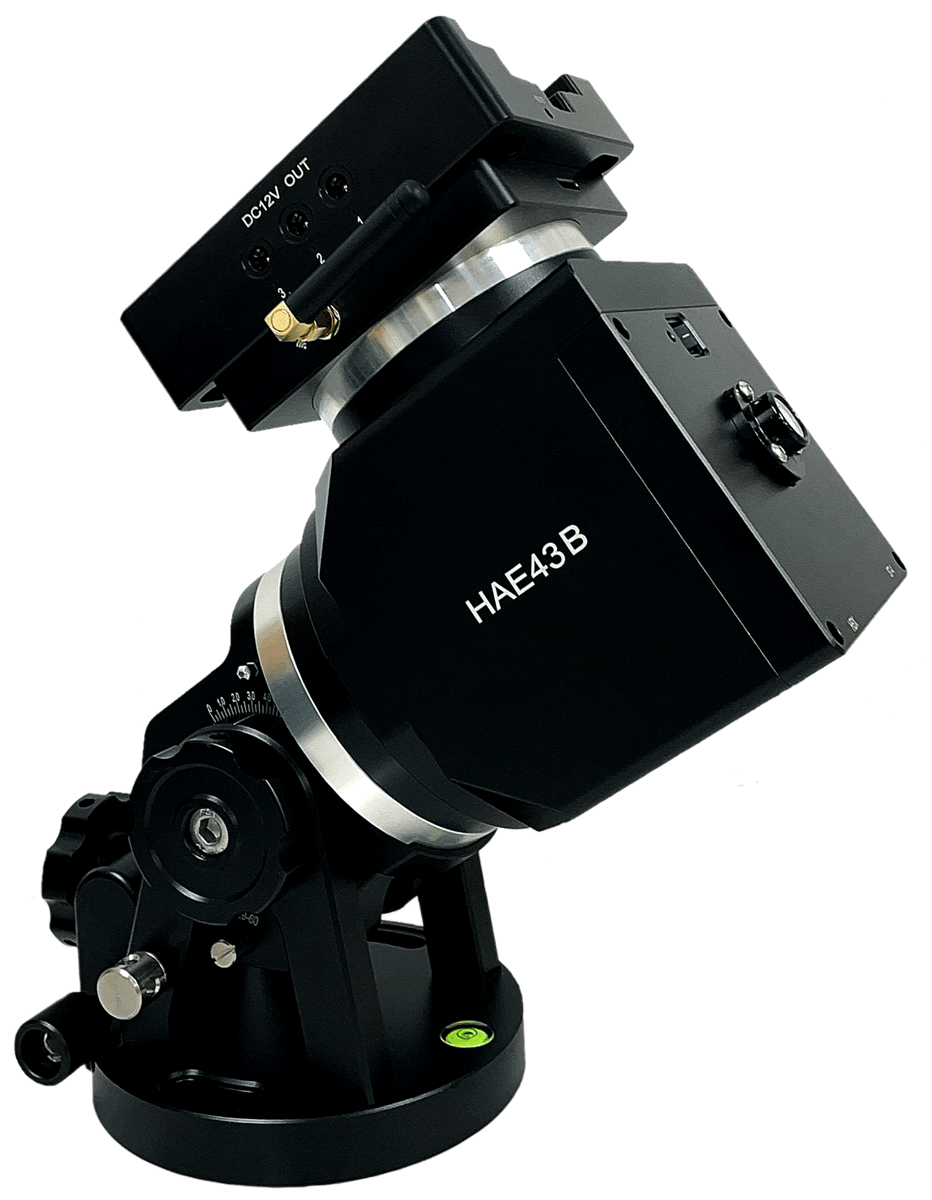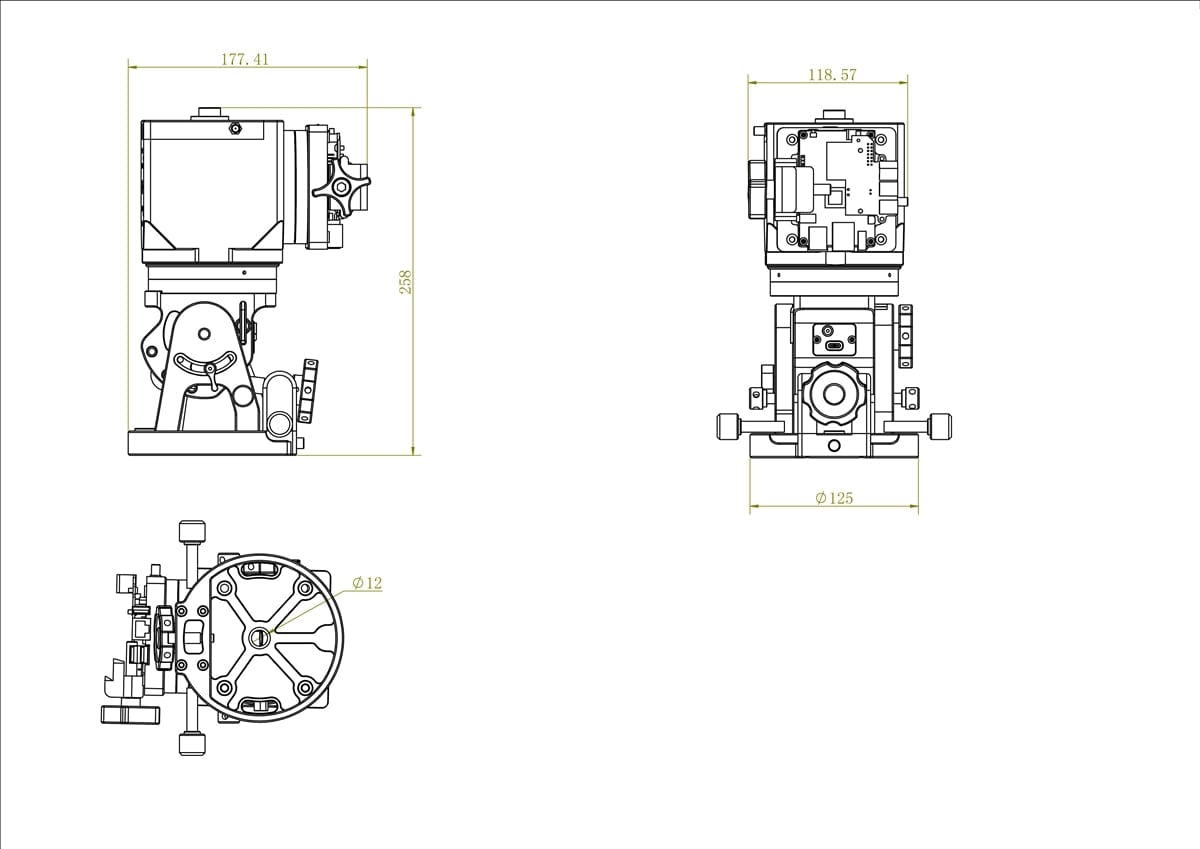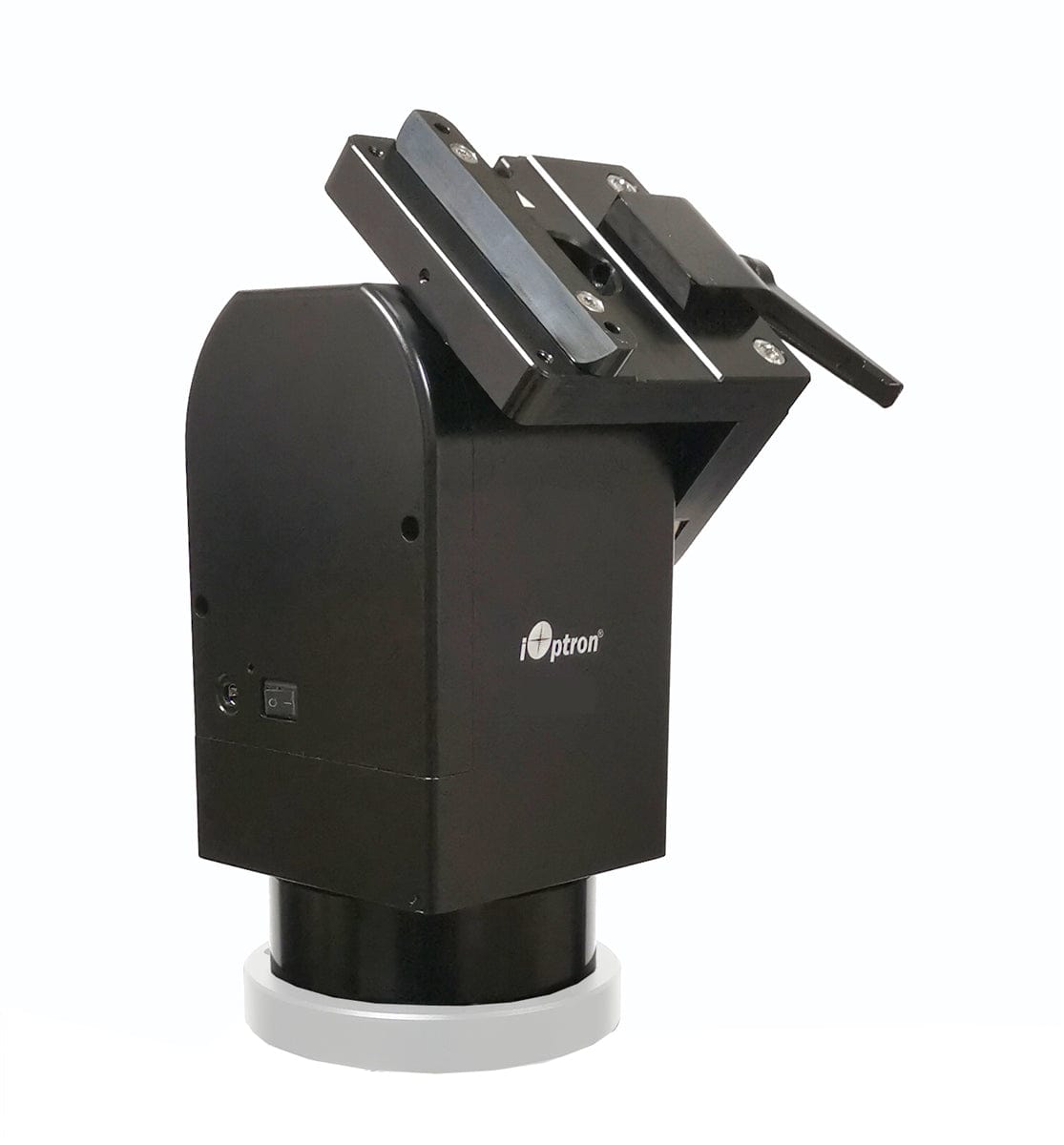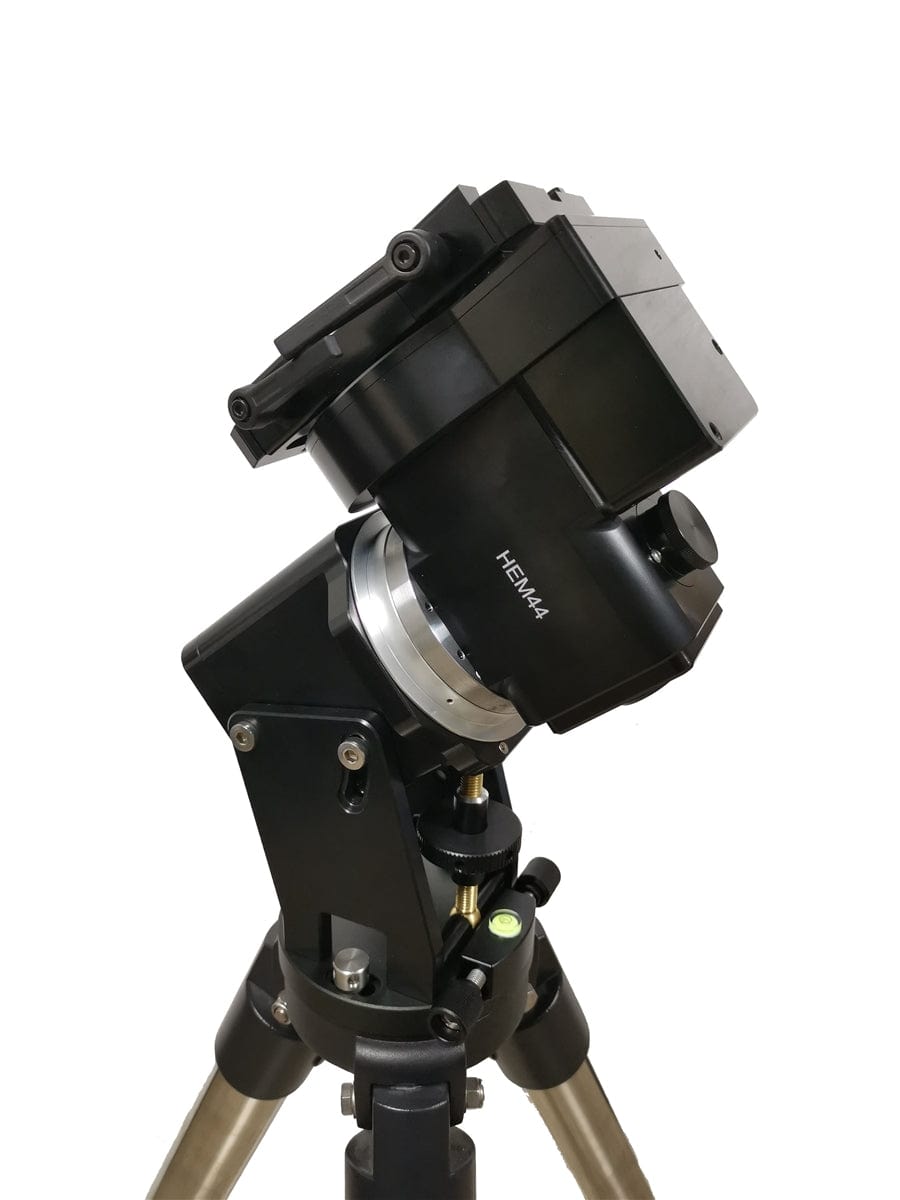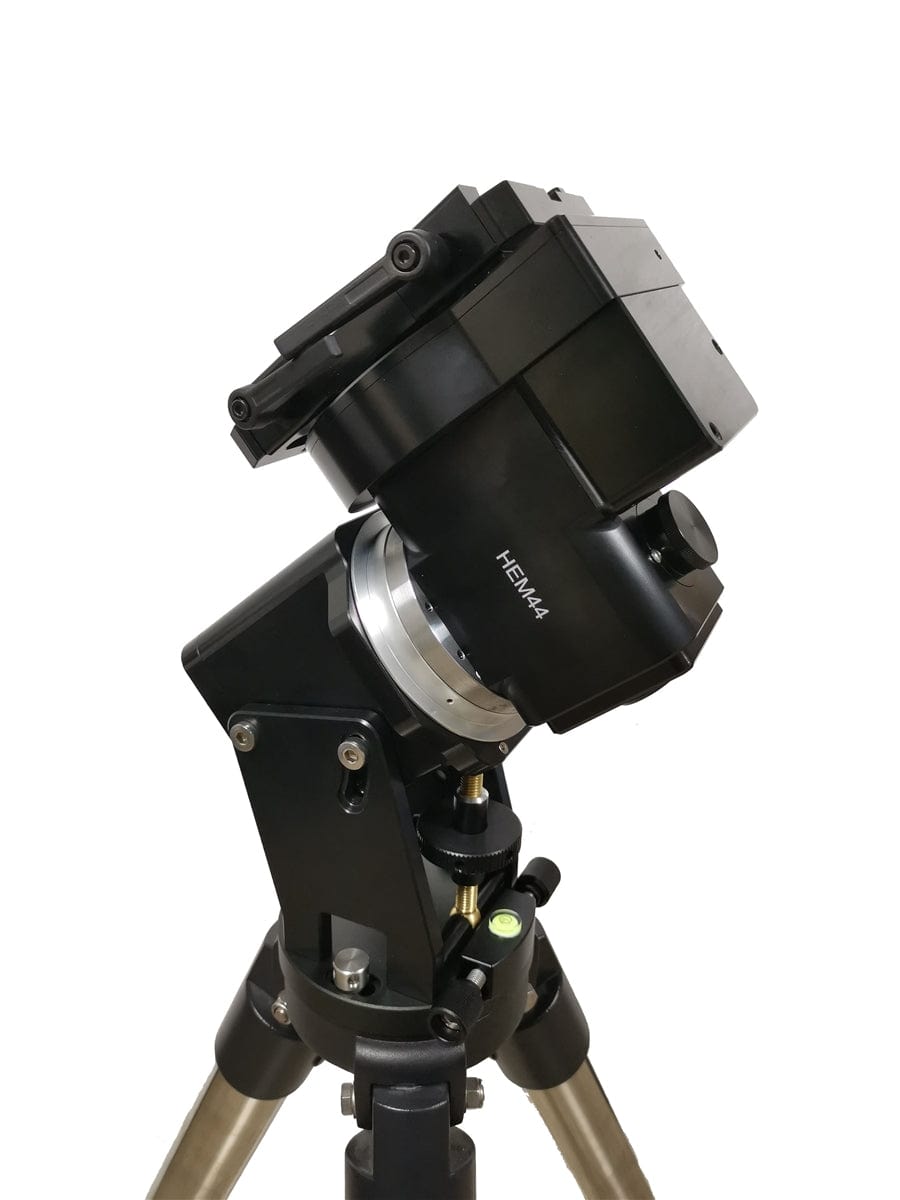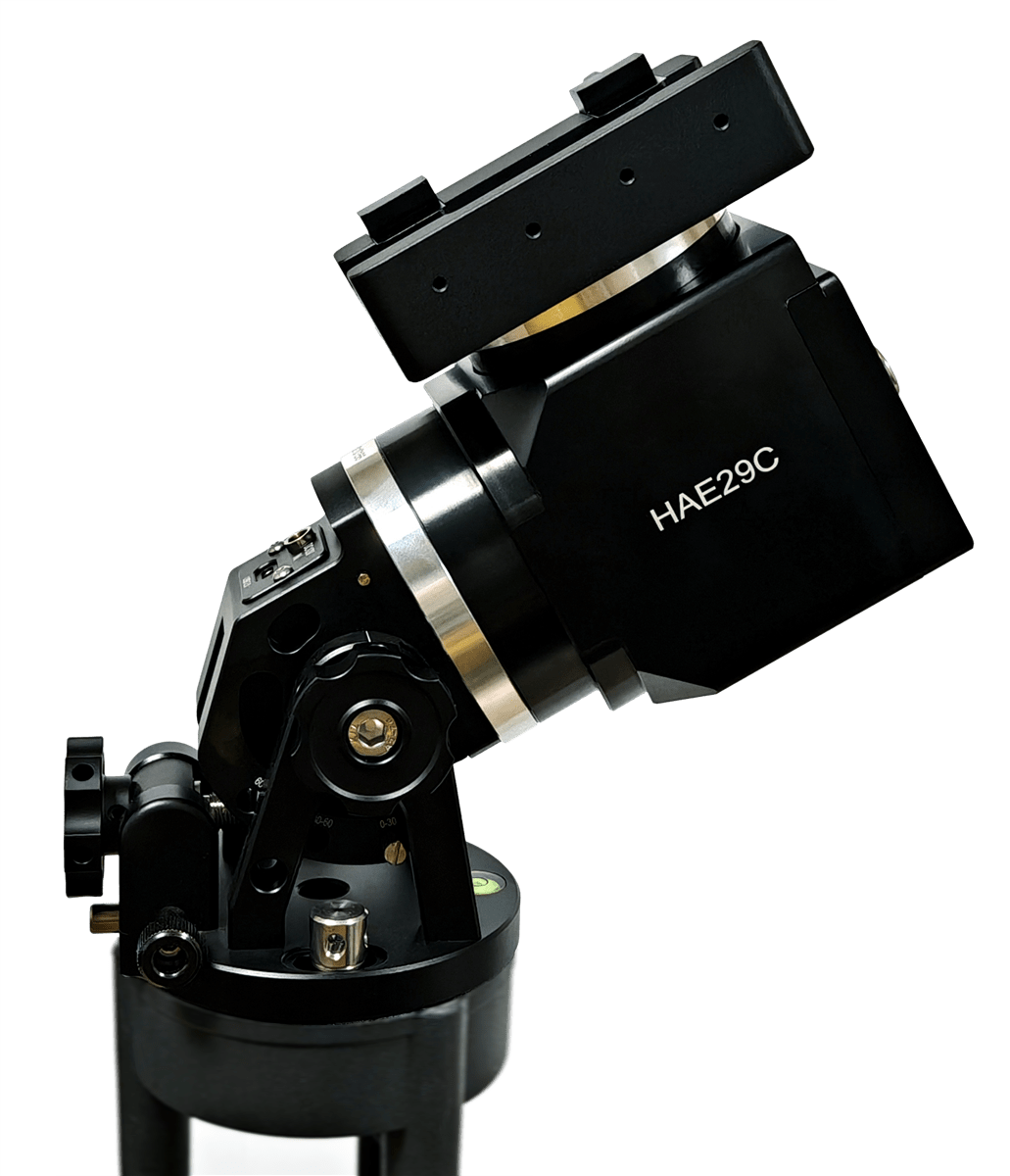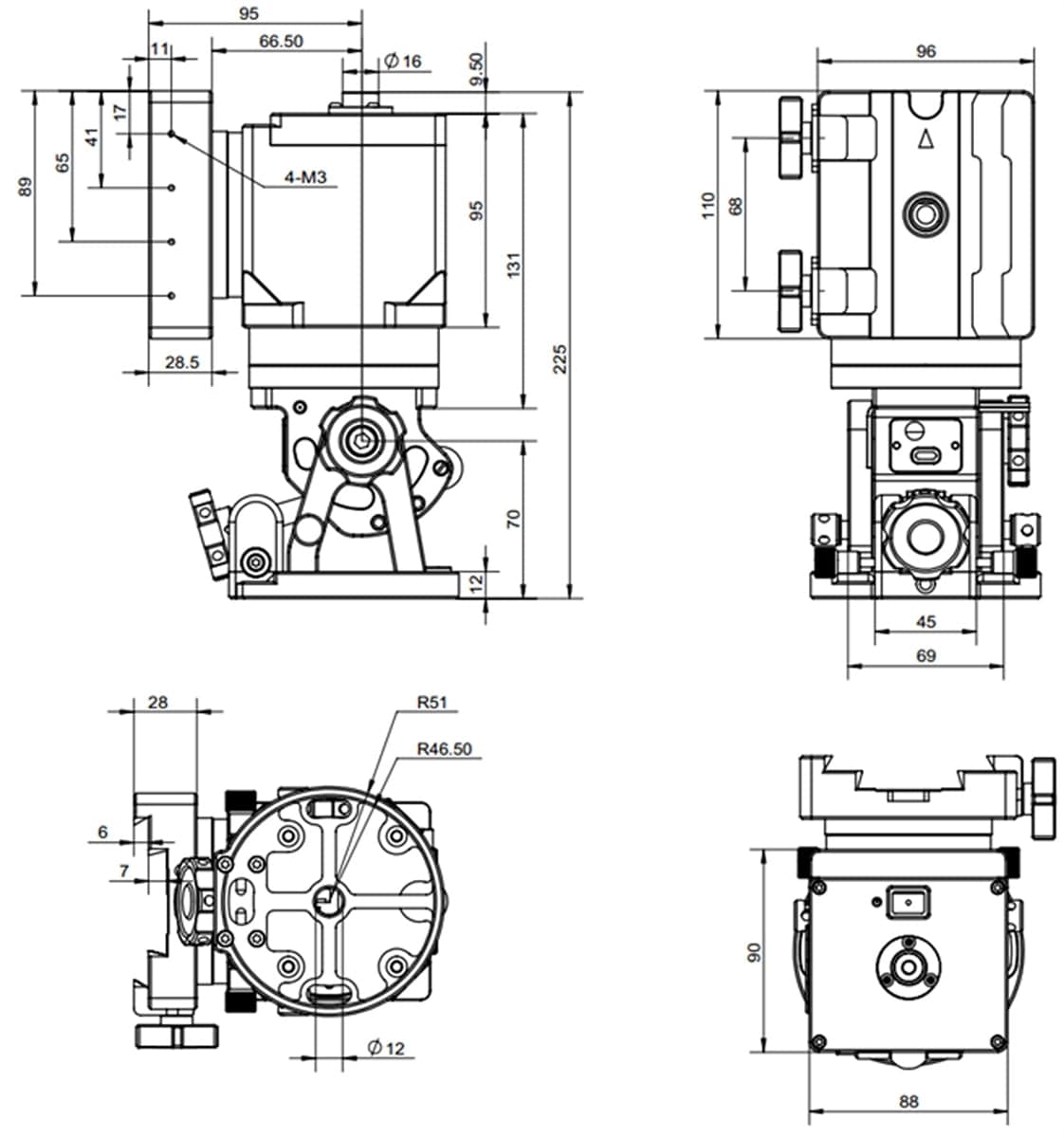Harmonic Drive and Strain Wave Telescope Mounts
20 products
Showing 1 - 20 of 20 products
Harmonic Drive telescope mounts have shifted the astronomy hobby in a new direction. Using strain wave gears these mounts provide high torque, high payload capabilities in a more portable form factor than a traditional EQ mount.
Harmonic Drive and strain wave telescope mounts are advanced engineering solutions that play a crucial role in precision motion control applications, particularly in telescope systems where accuracy and stability are paramount. Let's delve into an overview of each technology:
Harmonic Drive Telescope Mounts:
1. Introduction:
Harmonic Drive systems, also known as strain wave gears, are mechanical gears used in various applications requiring high precision and compact design. In telescope mounts, they offer a unique set of advantages.
2. Principle of Operation:
- Harmonic Drives consist of three main components: a wave generator, a flex spline (also known as a harmonic spline), and a circular spline.
- The wave generator imparts a wave-like motion to the flex spline, causing it to engage with the circular spline in a controlled manner, resulting in a reduction of speed and an increase in torque.
3. Advantages in Telescope Mounts:
- Compact Design: Harmonic Drive mounts are known for their compact and lightweight design, crucial for space-constrained telescope installations.
- High Precision: The inherent design of harmonic drives ensures precise positioning and eliminates backlash, making them ideal for applications where accuracy is paramount.
4. Applications:
- Telescope Mounts: Harmonic Drives find applications in both equatorial and altazimuth telescope mounts, offering smooth and accurate tracking of celestial objects.
Strain Wave Telescope Mounts:
1. Introduction:
Strain wave telescope mounts utilize strain wave gearing principles similar to harmonic drives, but they may have specific design variations based on the manufacturer and application requirements.
2. Principle of Operation:
- Strain wave mounts typically involve an outer race, an inner race, and a flexible gear component.
- The motion is achieved by deforming the flexible gear component through the interaction of the outer and inner races, resulting in precise and controlled movement.
3. Advantages in Telescope Mounts:
- High Torque Capacity: Strain wave mounts can handle high torque loads, ensuring stability even with larger and heavier telescopes.
- Smooth Operation: The design minimizes friction and backlash, ensuring smooth and accurate tracking of celestial objects during observation.
4. Applications:
- Large Telescopes: Strain wave mounts are particularly suitable for large telescopes where the ability to handle substantial loads is crucial.
Conclusion:
Both Harmonic Drive and strain wave telescope mounts offer innovative solutions for achieving precise and stable motion control in telescope systems. Their compact design, high precision, and ability to handle significant loads make them integral components in modern astronomical instruments, contributing to the advancement of observational astronomy. The choice between the two depends on specific application requirements, load capacities, and design preferences.
